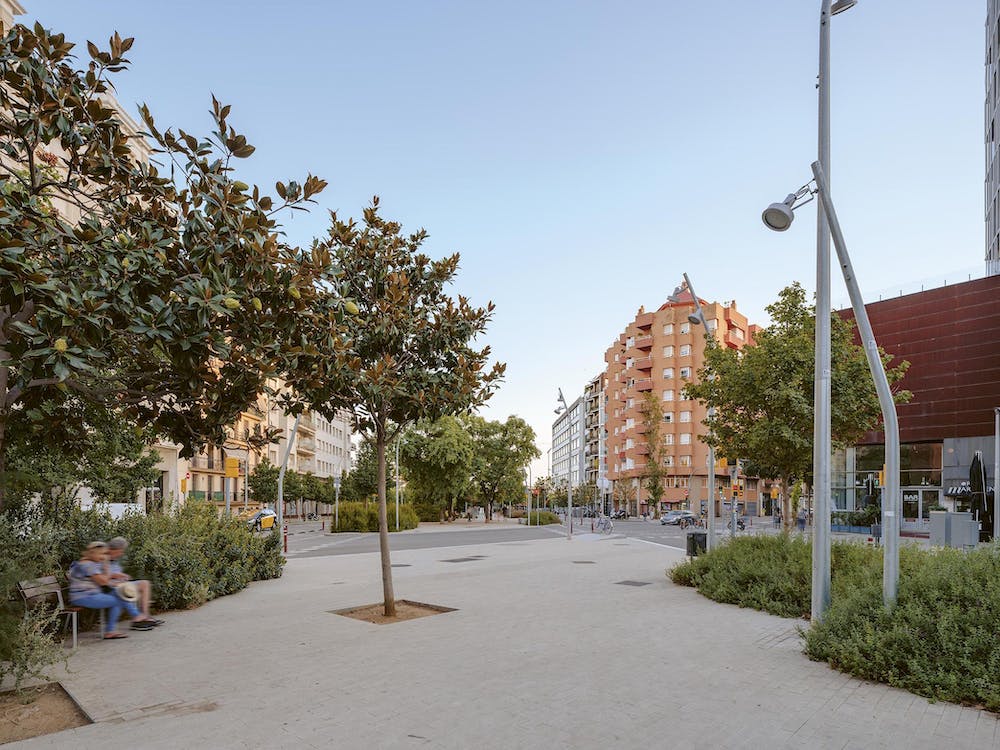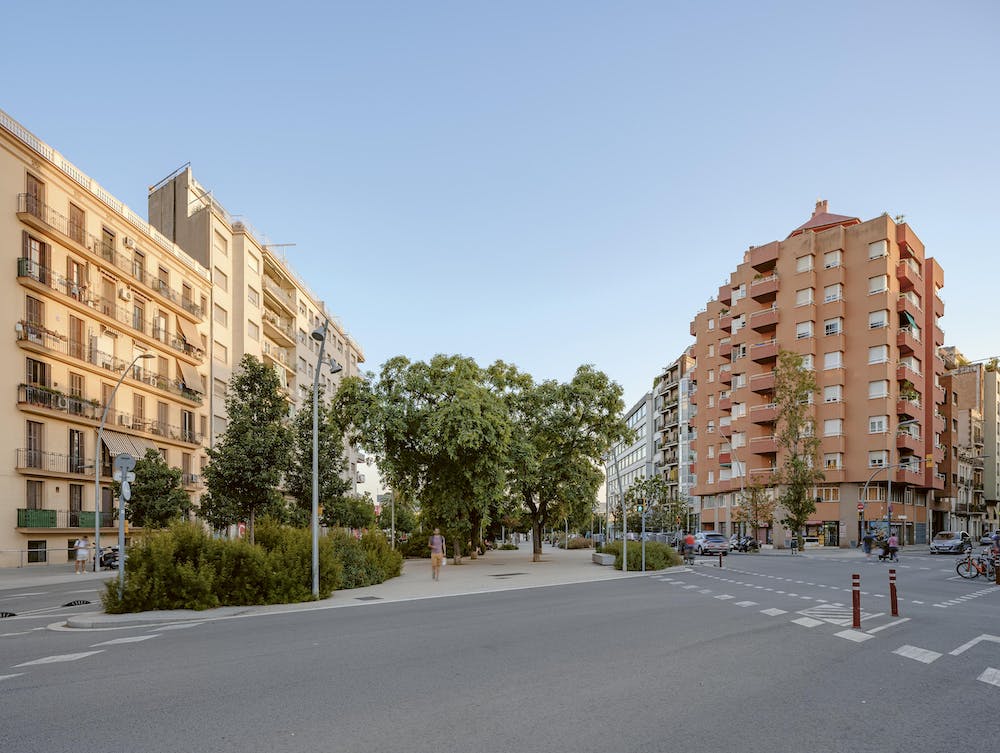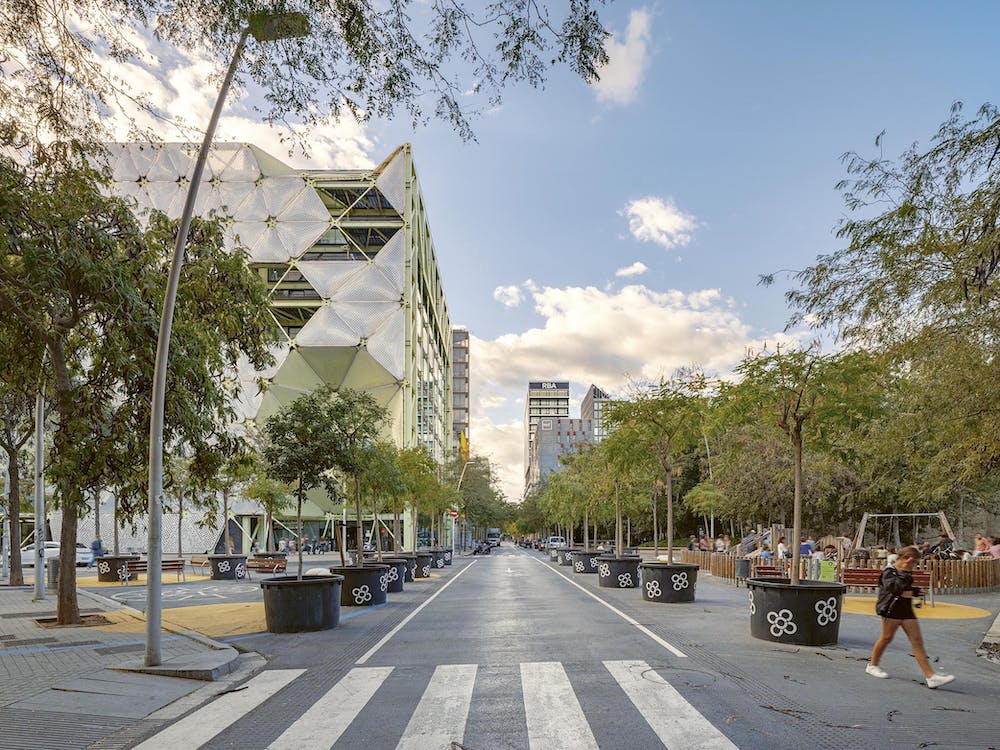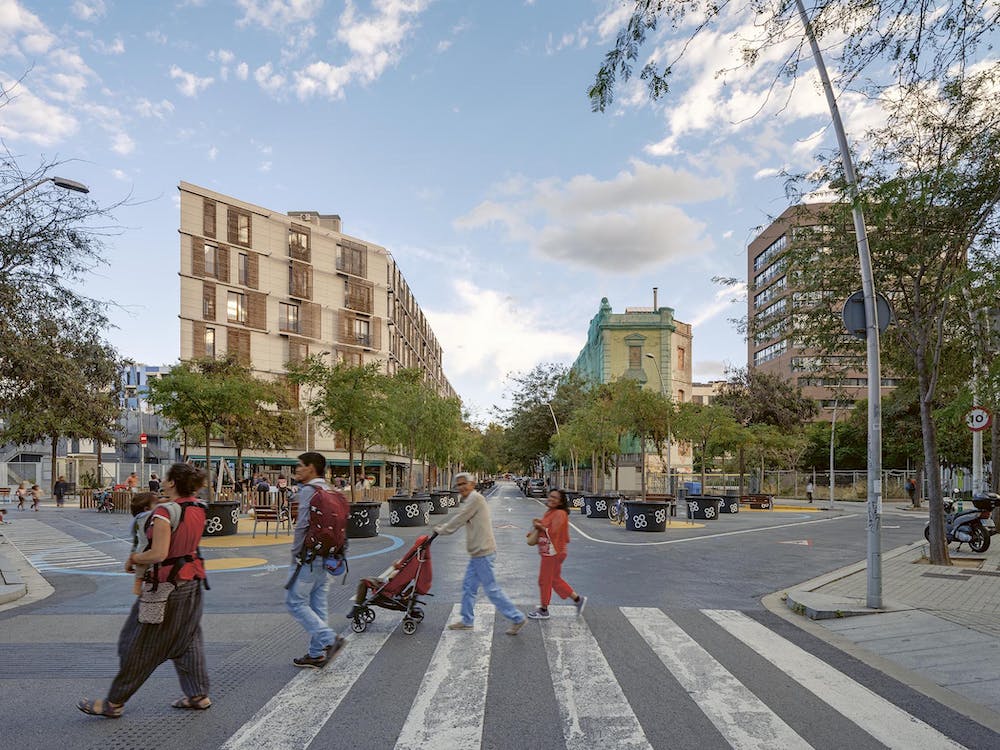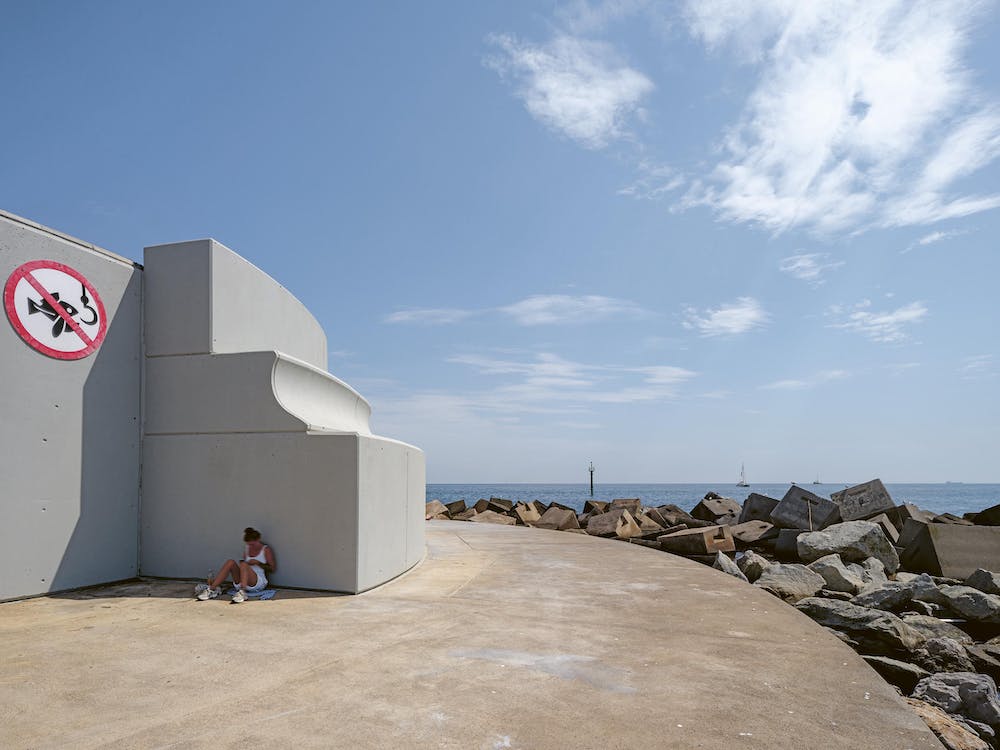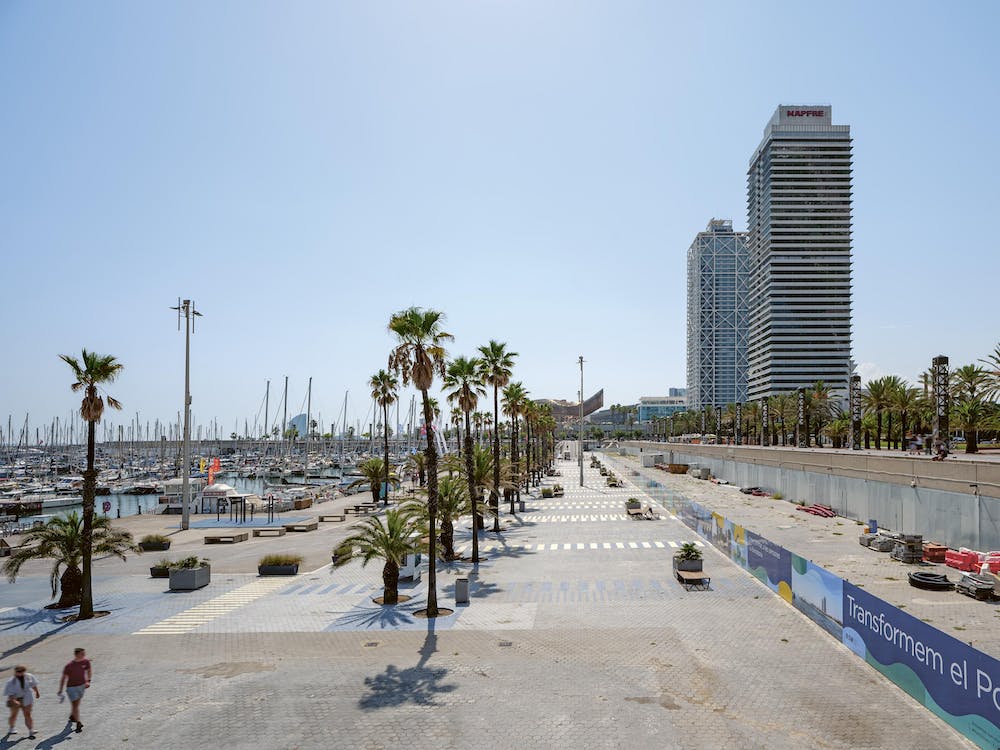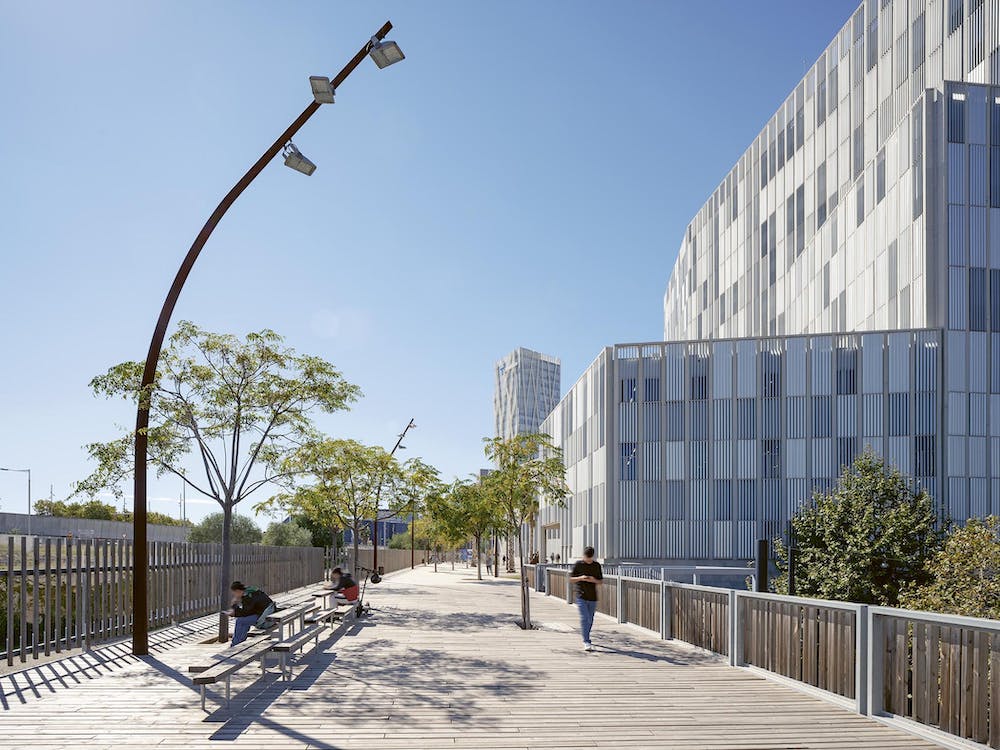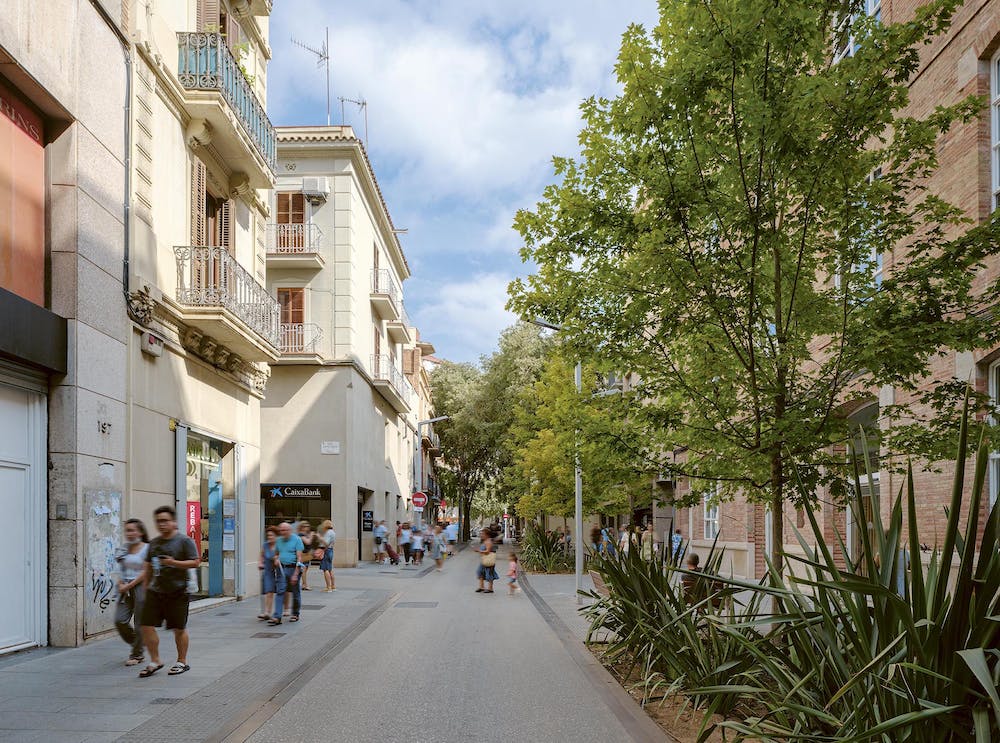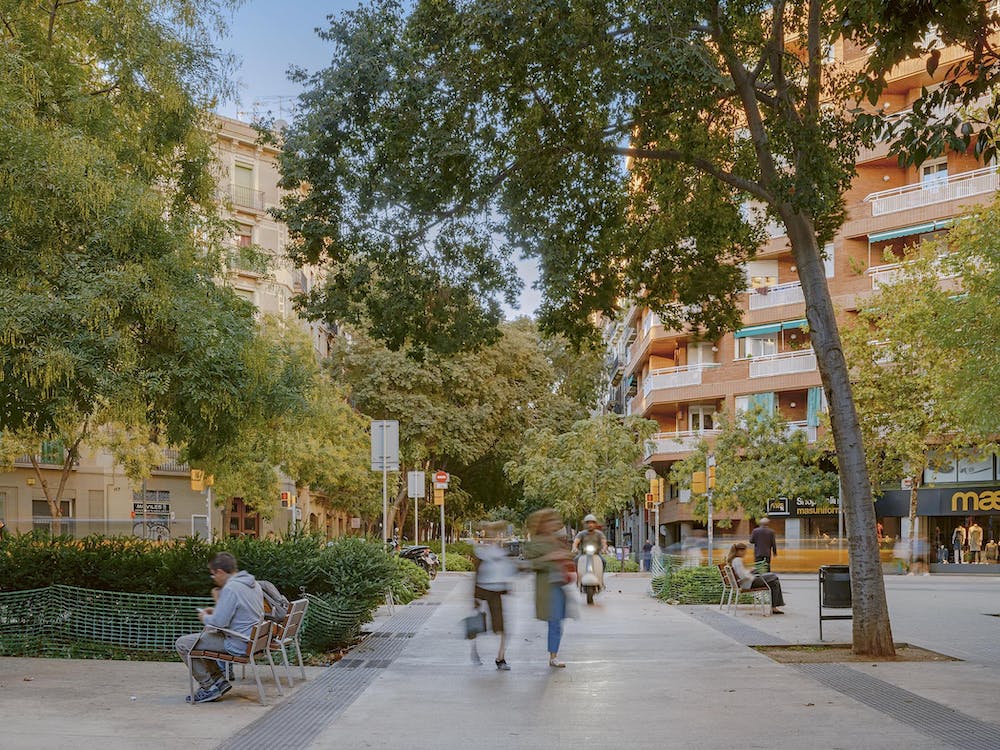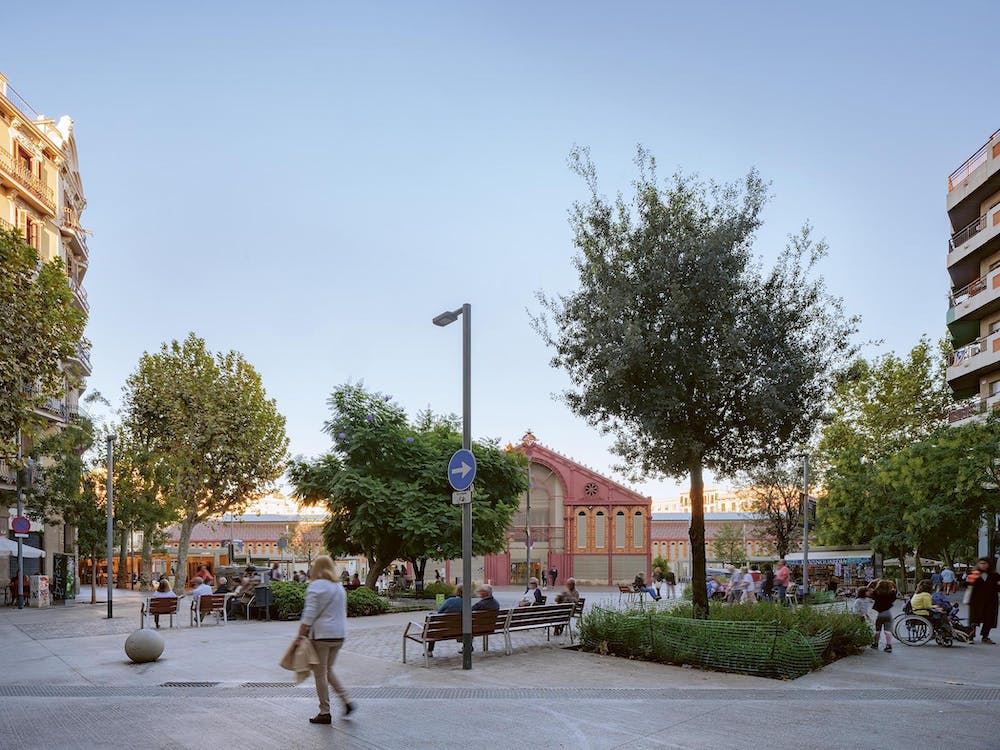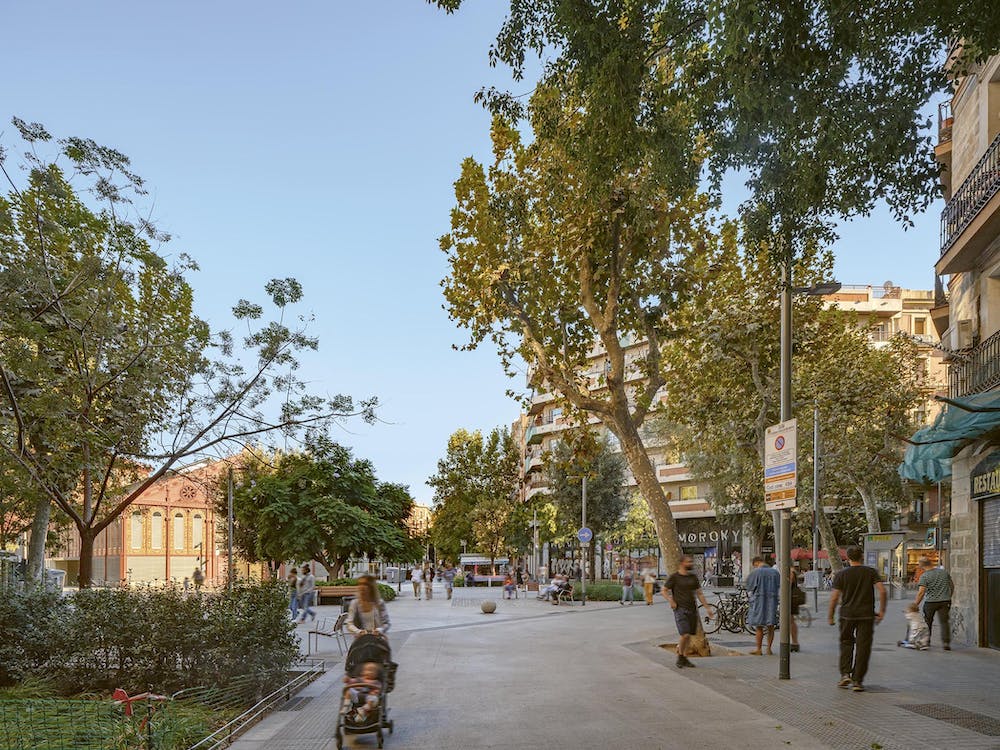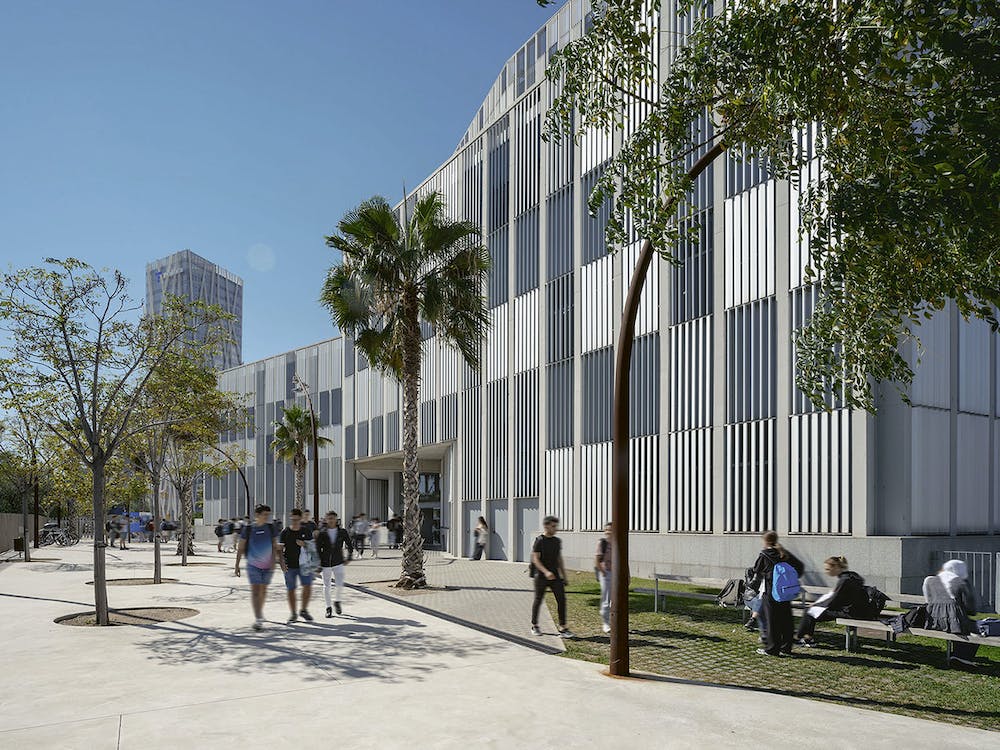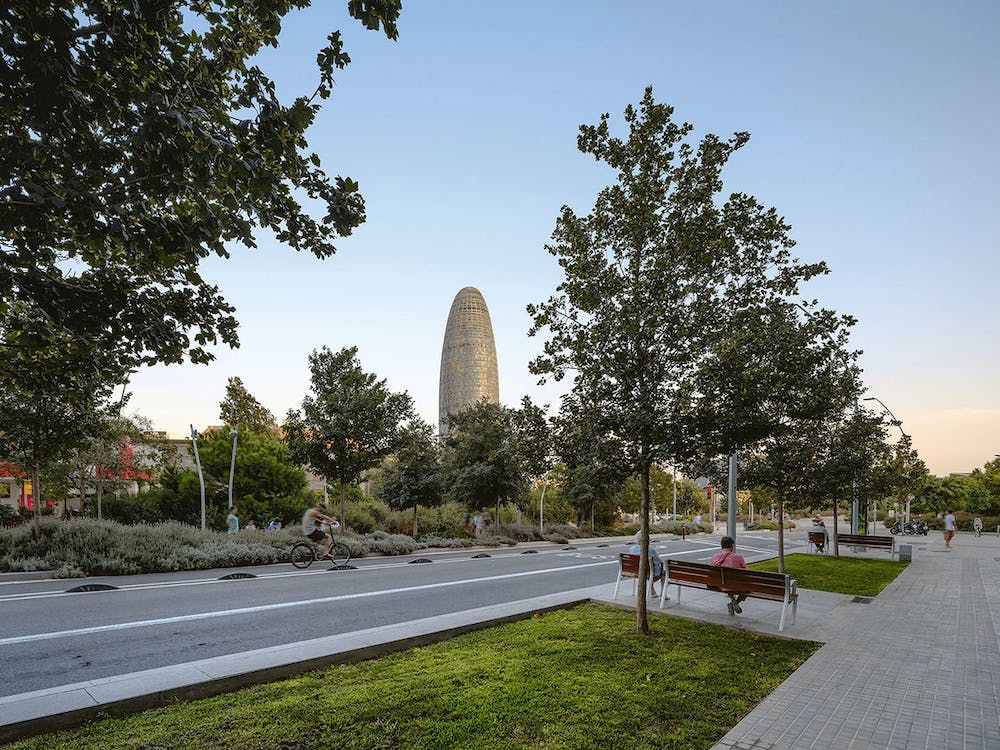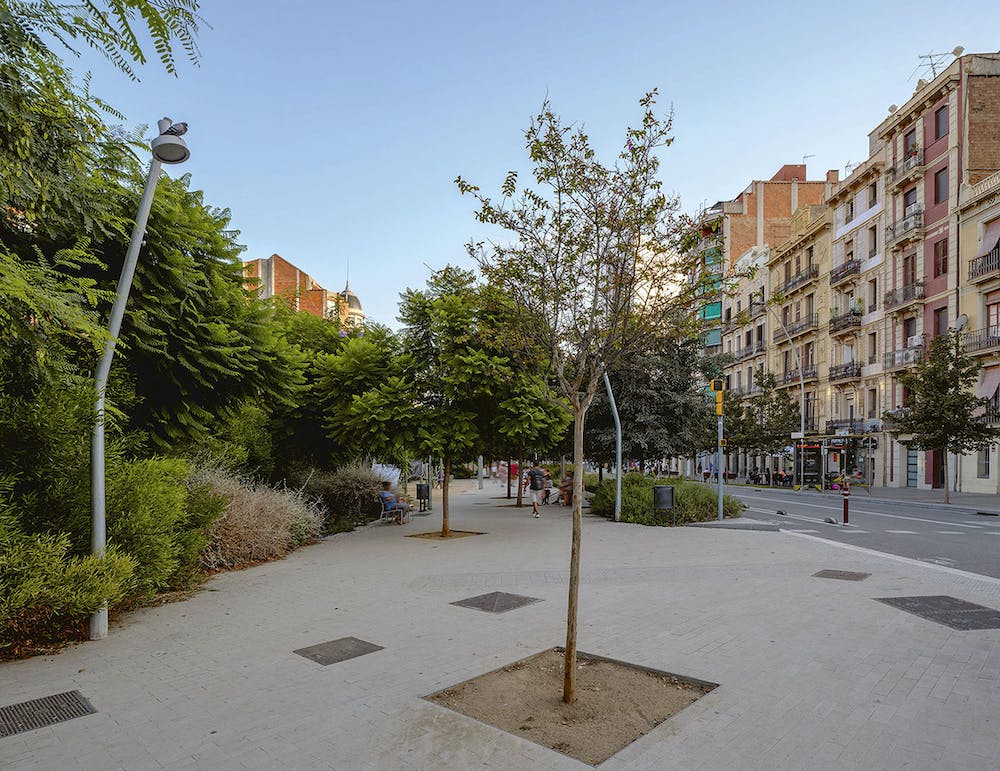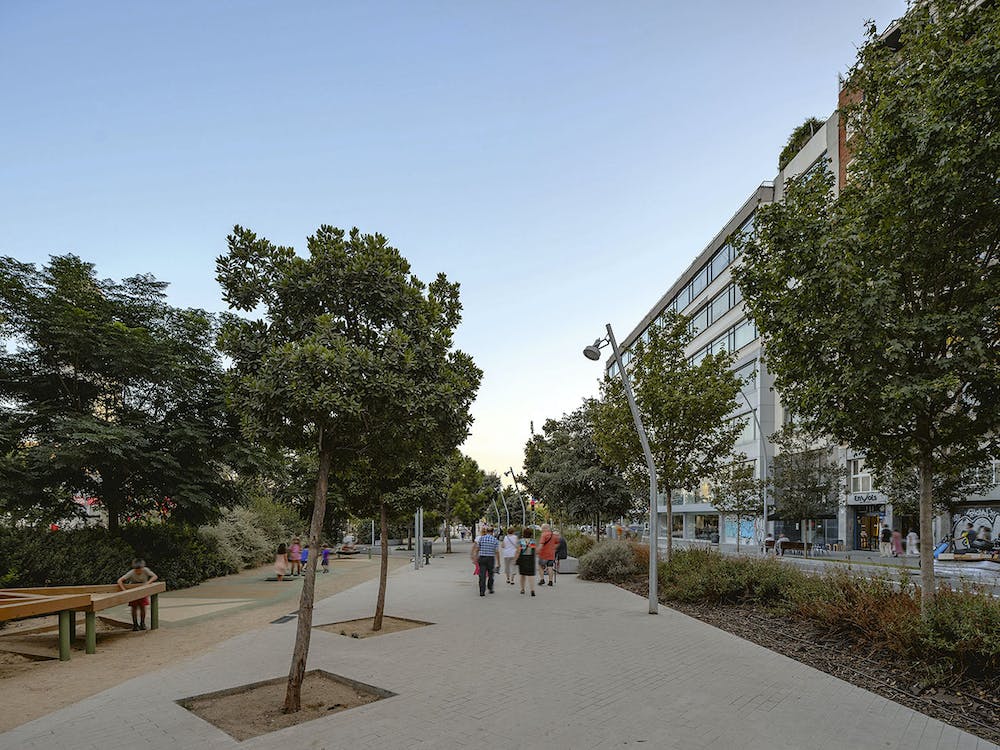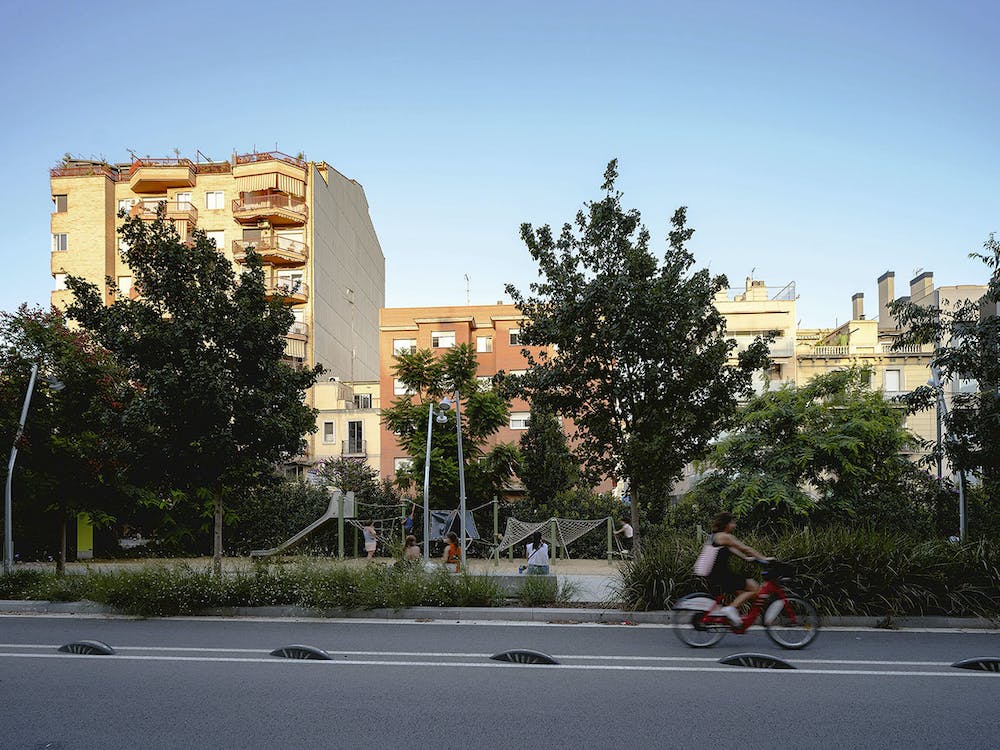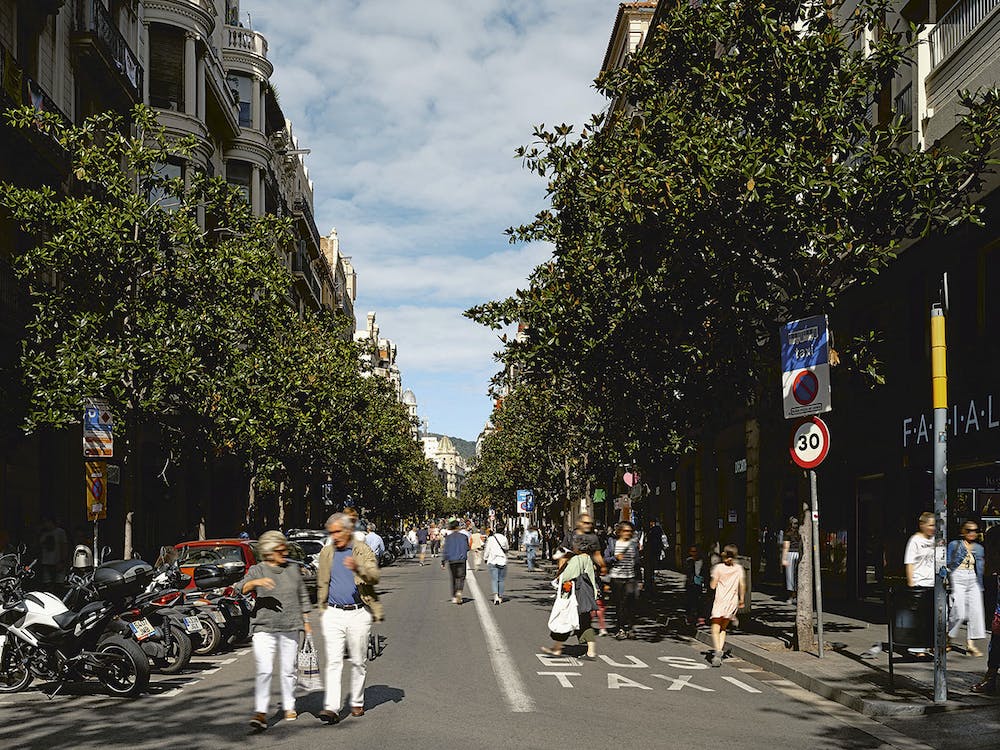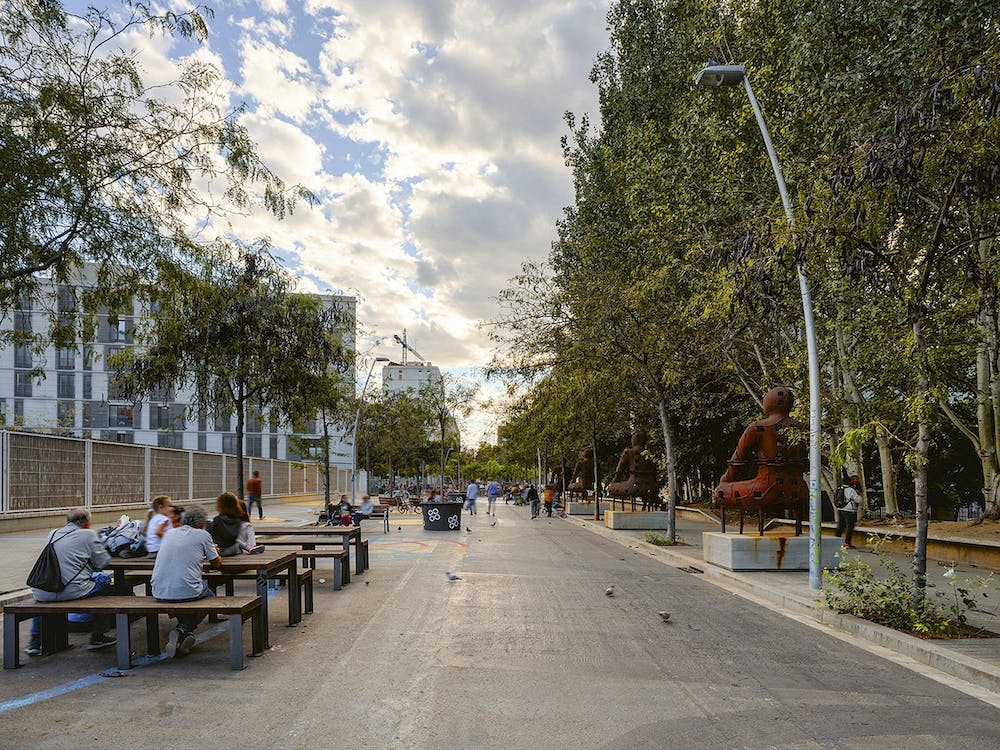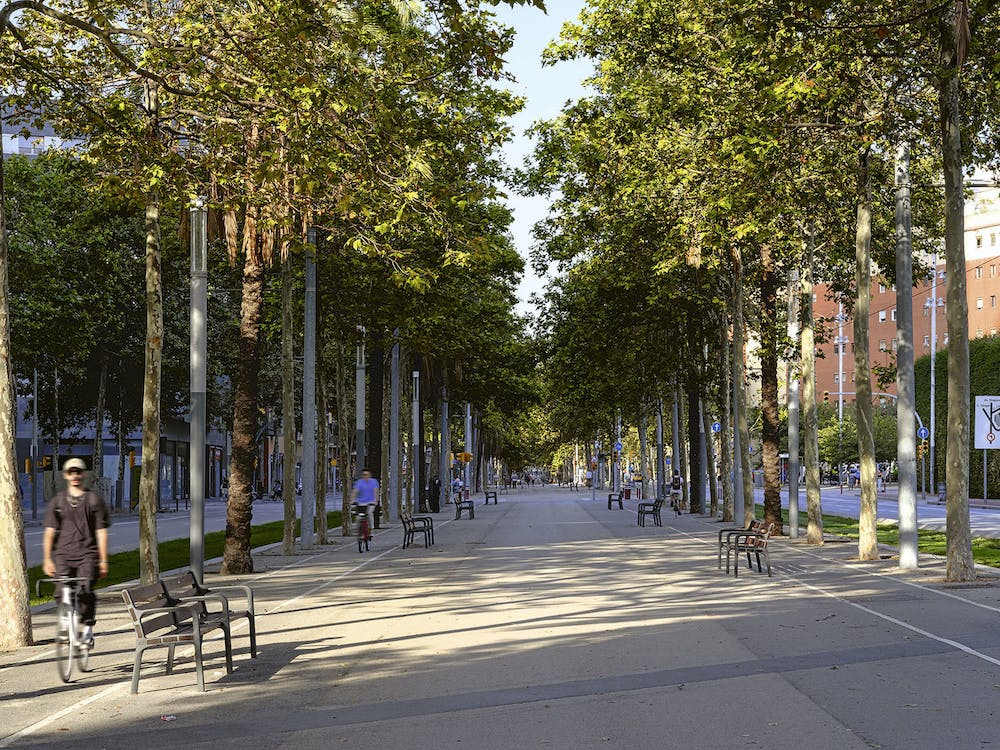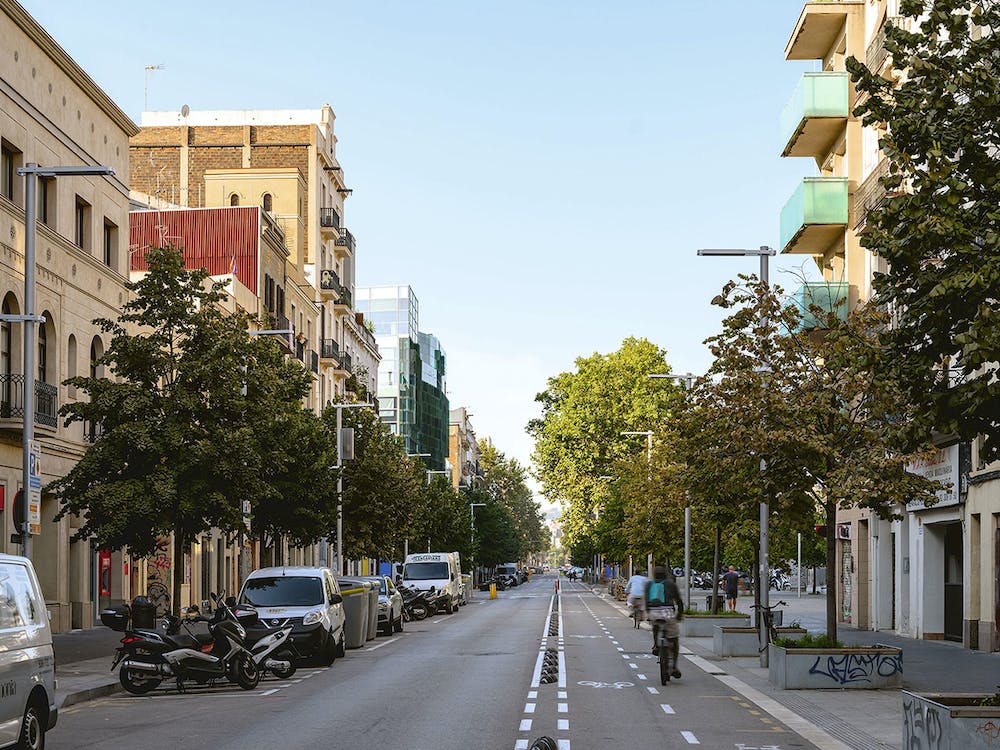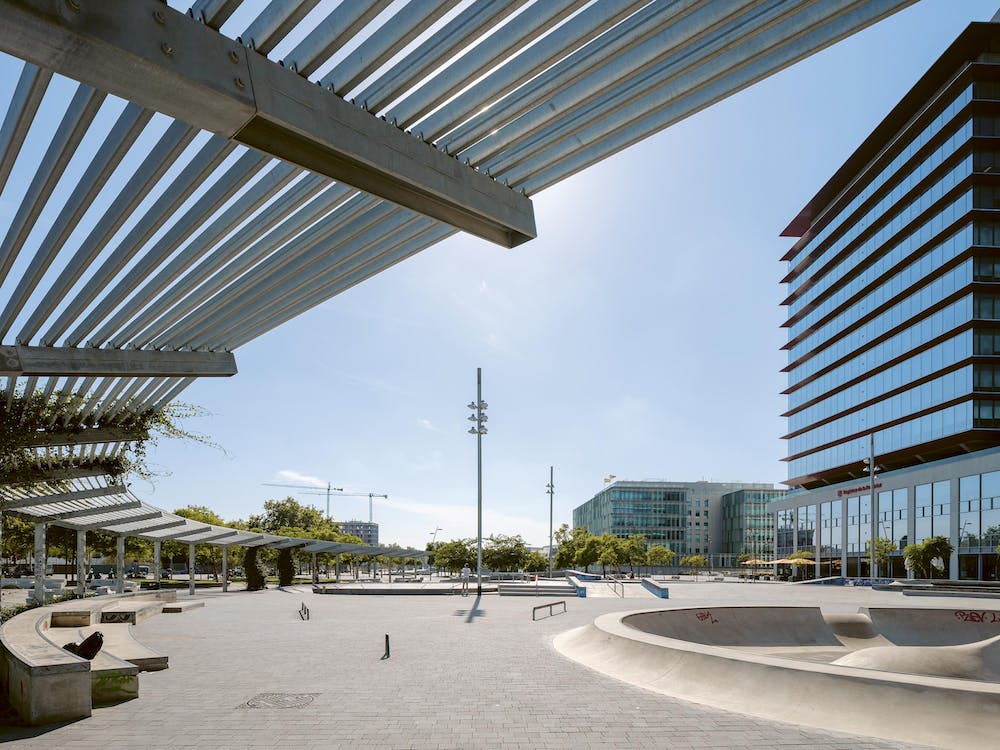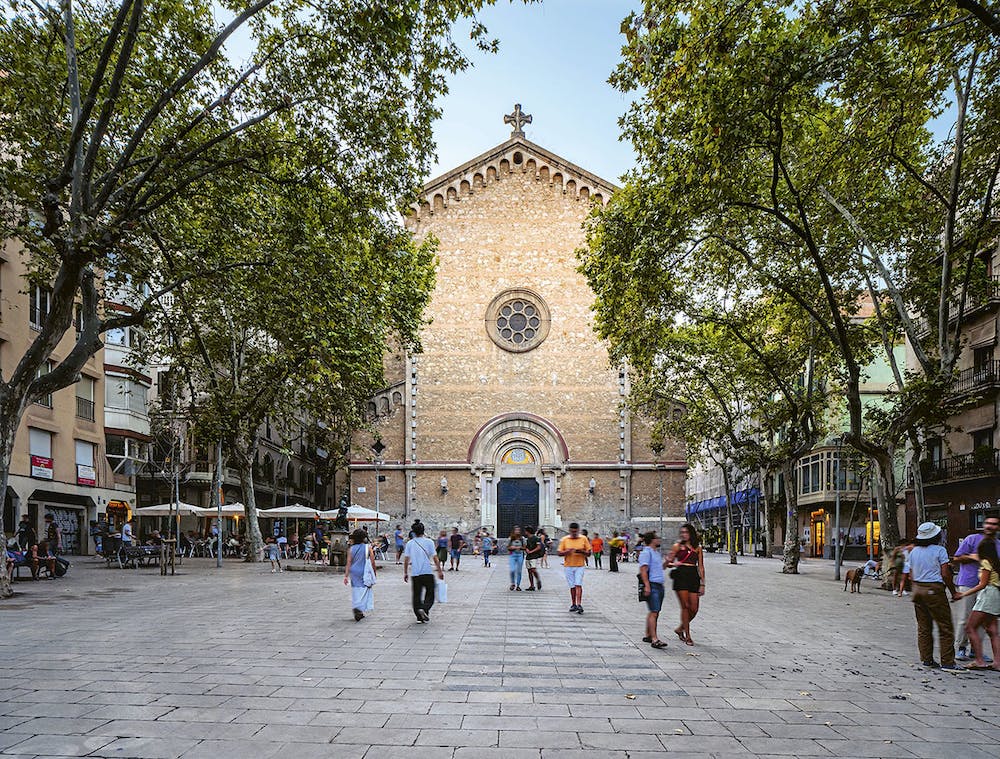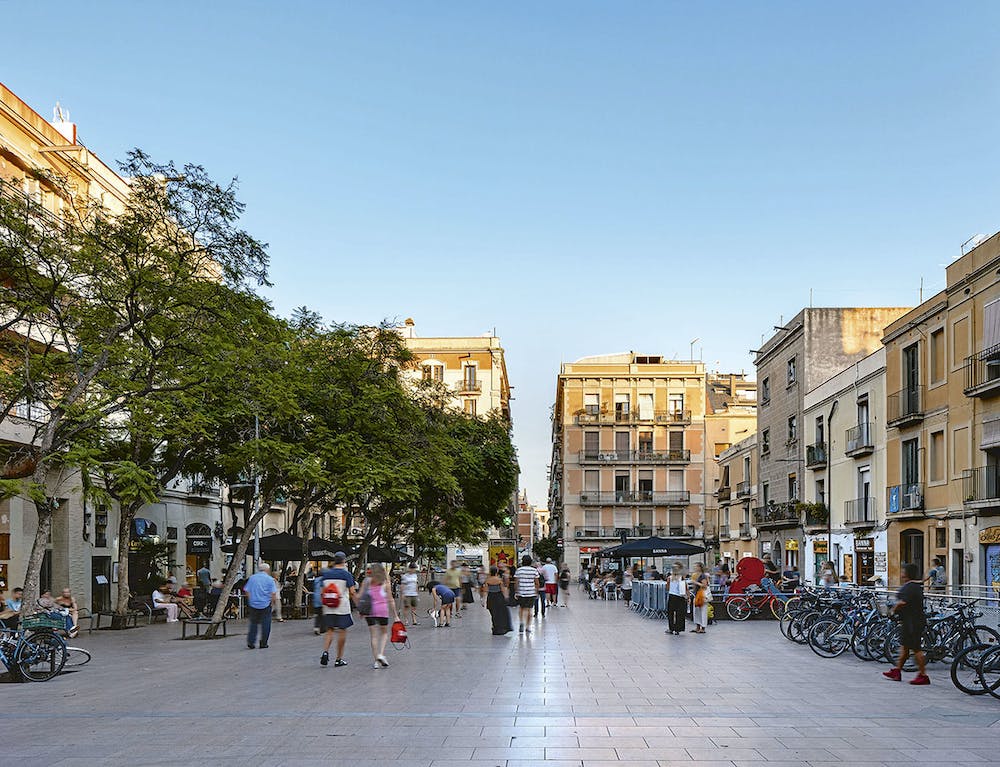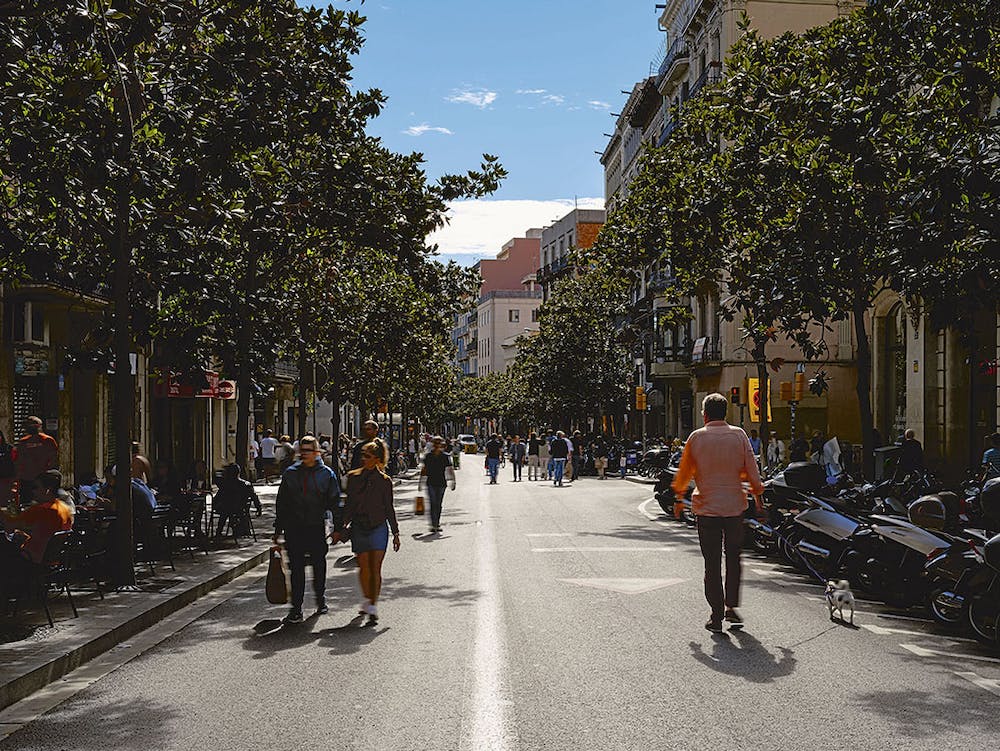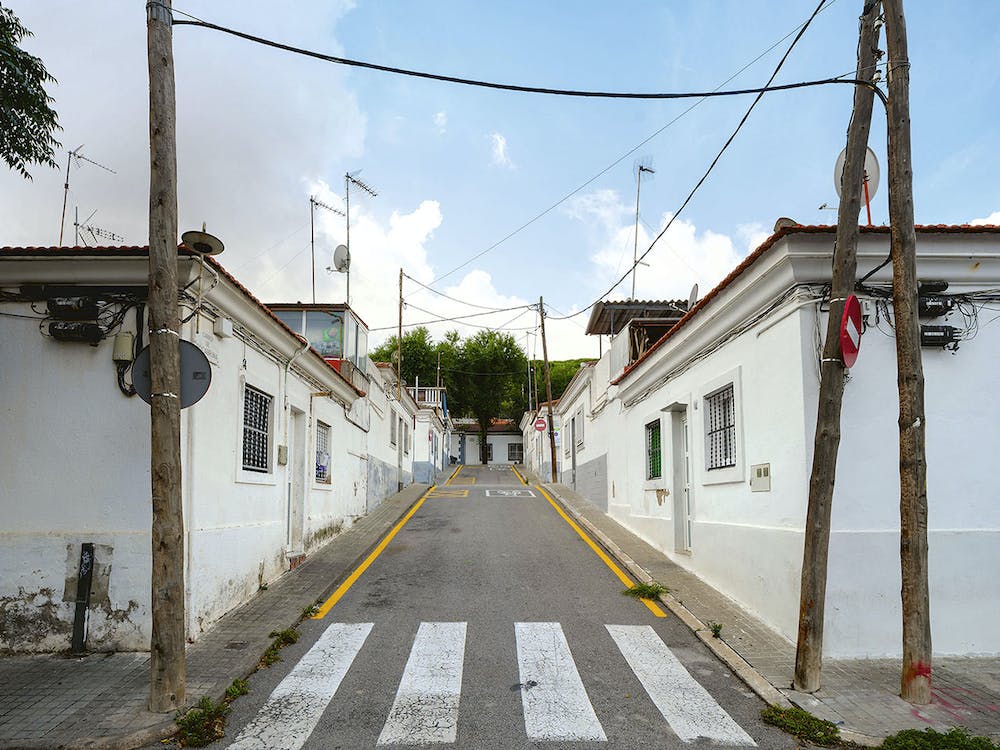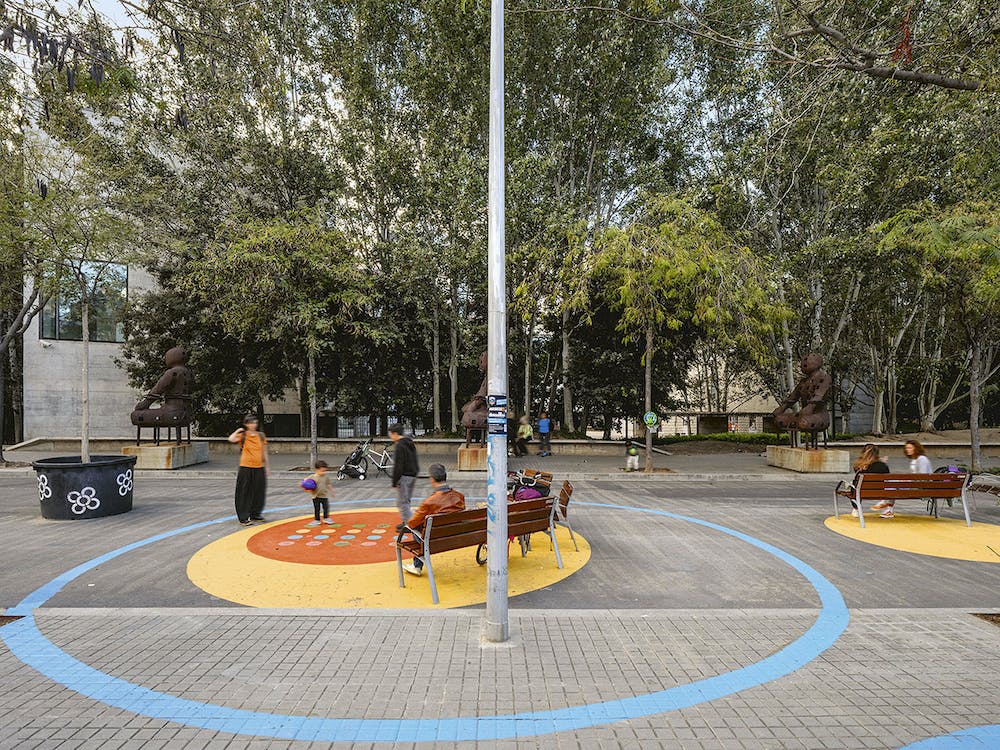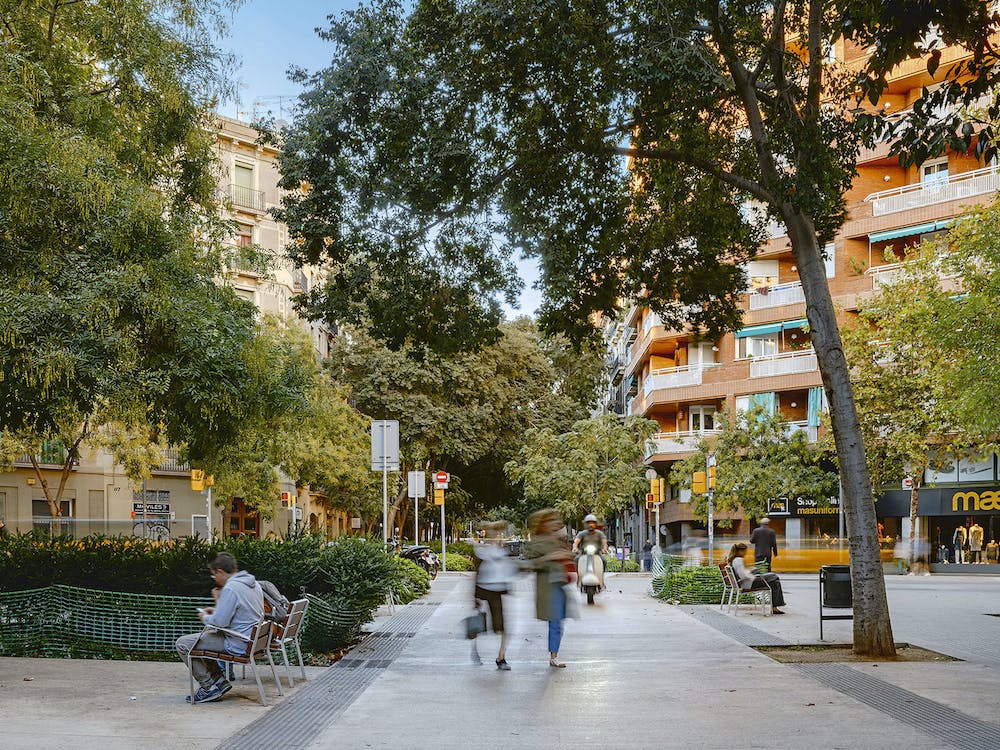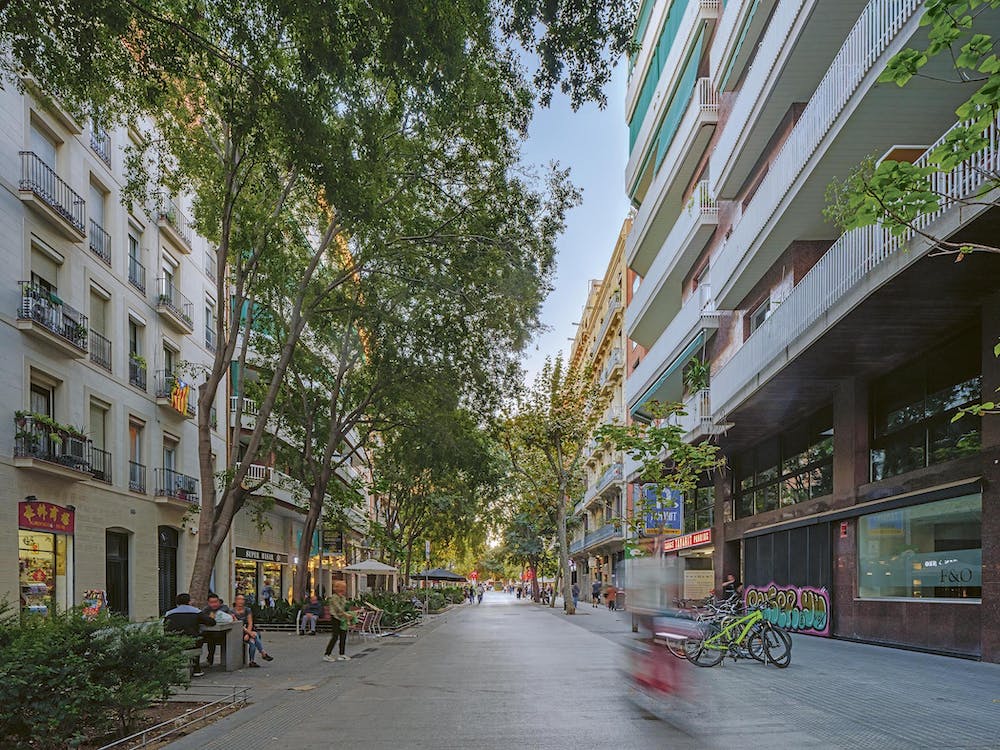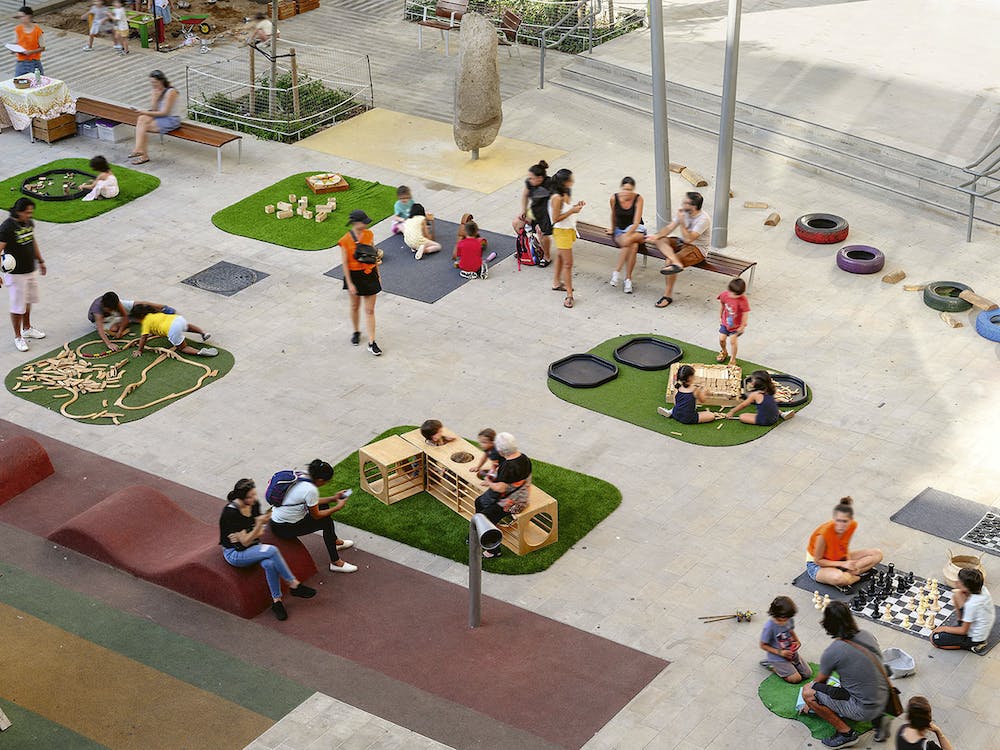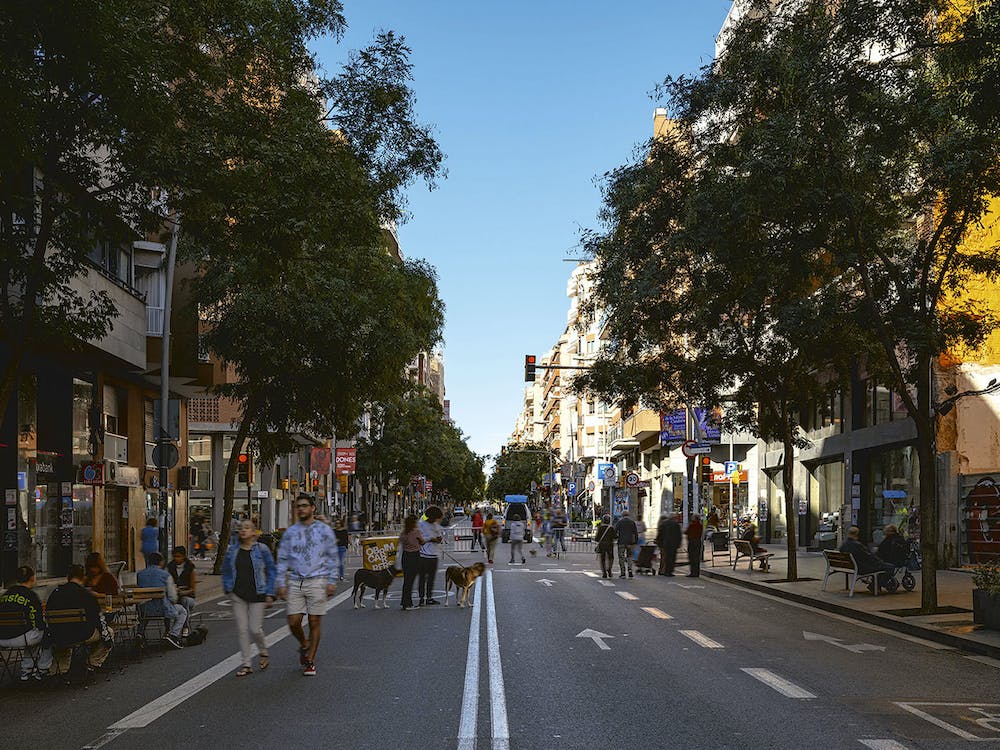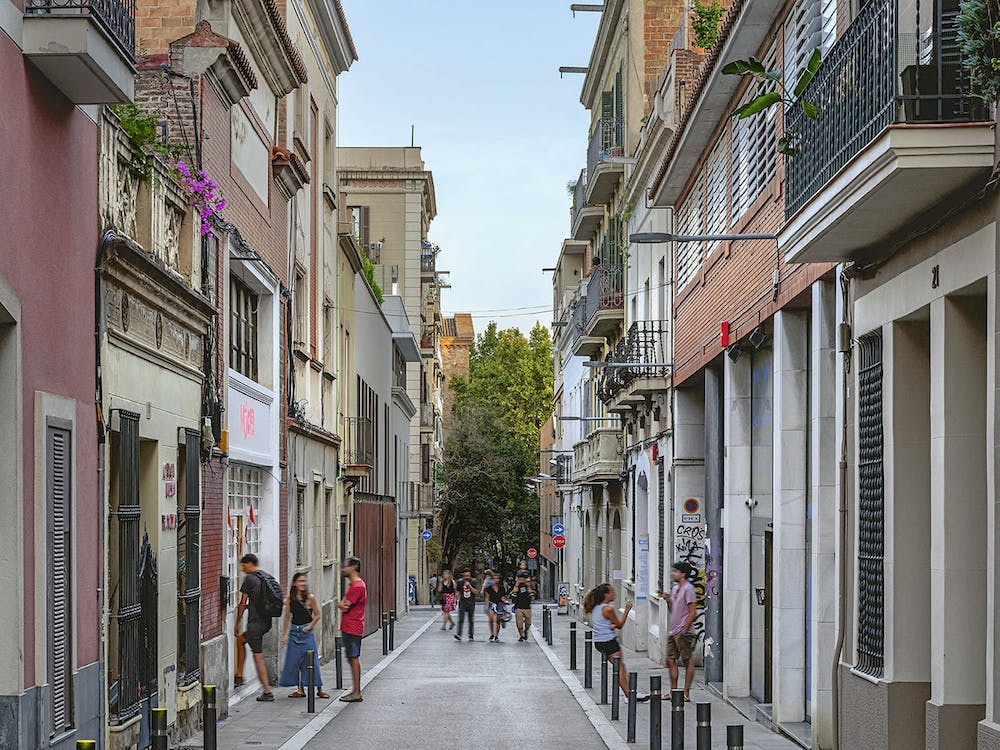Loading
[{"image":{"large":{"url":"https://images.prismic.io/surveybcn/pps_avinguda_meridiana_112.jpg?auto=compress,format&rect=0,0,2087,1565&w=2087&h=1565","localUrl":"/surveyfotografic/common/images/pps_avinguda_meridiana_112.jpg","width":2087,"height":1565},"scaled":{"url":"https://images.prismic.io/surveybcn/pps_avinguda_meridiana_112.jpg?auto=compress,format&rect=0,0,2087,1565&w=1000&h=750","localUrl":"/surveyfotografic/common/images/pps_avinguda_meridiana_112_s.jpg","width":1000,"height":750}},"project":{"meta":{"url":"/surveyfotografic/en/project/avinguda_meridiana"},"body":{"name":"Avinguda Meridiana","address":"Avinguda Meridiana. Sant Martí and Sant Andreu"}}},{"image":{"large":{"url":"https://images.prismic.io/surveybcn/pps_avinguda_meridiana-2_111.jpg?auto=compress,format&rect=0,0,2701,2034&w=2701&h=2034","localUrl":"/surveyfotografic/common/images/pps_avinguda_meridiana-2_111.jpg","width":2701,"height":2034},"scaled":{"url":"https://images.prismic.io/surveybcn/pps_avinguda_meridiana-2_111.jpg?auto=compress,format&rect=0,0,2701,2034&w=1000&h=753","localUrl":"/surveyfotografic/common/images/pps_avinguda_meridiana-2_111_s.jpg","width":1000,"height":753}},"project":{"meta":{"url":"/surveyfotografic/en/project/avinguda_meridiana"},"body":{"name":"Avinguda Meridiana","address":"Avinguda Meridiana. Sant Martí and Sant Andreu"}}},{"image":{"large":{"url":"https://images.prismic.io/surveybcn/pps_avinguda_meridiana_03_113.jpg?auto=compress,format&rect=0,0,2745,2059&w=2745&h=2059","localUrl":"/surveyfotografic/common/images/pps_avinguda_meridiana_03_113.jpg","width":2745,"height":2059},"scaled":{"url":"https://images.prismic.io/surveybcn/pps_avinguda_meridiana_03_113.jpg?auto=compress,format&rect=0,0,2745,2059&w=1000&h=750","localUrl":"/surveyfotografic/common/images/pps_avinguda_meridiana_03_113_s.jpg","width":1000,"height":750}},"project":{"meta":{"url":"/surveyfotografic/en/project/avinguda_meridiana"},"body":{"name":"Avinguda Meridiana","address":"Avinguda Meridiana. Sant Martí and Sant Andreu"}}},{"image":{"large":{"url":"https://images.prismic.io/surveybcn/pps_avinguda_meridiana_04_114.jpg?auto=compress,format&rect=0,0,2097,1573&w=2097&h=1573","localUrl":"/surveyfotografic/common/images/pps_avinguda_meridiana_04_114.jpg","width":2097,"height":1573},"scaled":{"url":"https://images.prismic.io/surveybcn/pps_avinguda_meridiana_04_114.jpg?auto=compress,format&rect=0,0,2097,1573&w=1000&h=750","localUrl":"/surveyfotografic/common/images/pps_avinguda_meridiana_04_114_s.jpg","width":1000,"height":750}},"project":{"meta":{"url":"/surveyfotografic/en/project/avinguda_meridiana"},"body":{"name":"Avinguda Meridiana","address":"Avinguda Meridiana. Sant Martí and Sant Andreu"}}},{"image":{"large":{"url":"https://images.prismic.io/surveybcn/pps_superilla_poblenou_379.jpg?auto=compress,format&rect=0,0,2074,1556&w=2074&h=1556","localUrl":"/surveyfotografic/common/images/pps_superilla_poblenou_379.jpg","width":2074,"height":1556},"scaled":{"url":"https://images.prismic.io/surveybcn/pps_superilla_poblenou_379.jpg?auto=compress,format&rect=0,0,2074,1556&w=1000&h=750","localUrl":"/surveyfotografic/common/images/pps_superilla_poblenou_379_s.jpg","width":1000,"height":750}},"project":{"meta":{"url":"/surveyfotografic/en/project/superilla_poblenou"},"body":{"name":"Poblenou superblock","address":"Poblenou. Sant Martí"}}},{"image":{"large":{"url":"https://images.prismic.io/surveybcn/pps_superilla_poblenou_02_380.jpg?auto=compress,format&rect=0,0,2084,1563&w=2084&h=1563","localUrl":"/surveyfotografic/common/images/pps_superilla_poblenou_02_380.jpg","width":2084,"height":1563},"scaled":{"url":"https://images.prismic.io/surveybcn/pps_superilla_poblenou_02_380.jpg?auto=compress,format&rect=0,0,2084,1563&w=1000&h=750","localUrl":"/surveyfotografic/common/images/pps_superilla_poblenou_02_380_s.jpg","width":1000,"height":750}},"project":{"meta":{"url":"/surveyfotografic/en/project/superilla_poblenou"},"body":{"name":"Poblenou superblock","address":"Poblenou. Sant Martí"}}},{"image":{"large":{"url":"https://images.prismic.io/surveybcn/pps_superilla_poblenou_03_381.jpg?auto=compress,format&rect=0,0,2097,1573&w=2097&h=1573","localUrl":"/surveyfotografic/common/images/pps_superilla_poblenou_03_381.jpg","width":2097,"height":1573},"scaled":{"url":"https://images.prismic.io/surveybcn/pps_superilla_poblenou_03_381.jpg?auto=compress,format&rect=0,0,2097,1573&w=1000&h=750","localUrl":"/surveyfotografic/common/images/pps_superilla_poblenou_03_381_s.jpg","width":1000,"height":750}},"project":{"meta":{"url":"/surveyfotografic/en/project/superilla_poblenou"},"body":{"name":"Poblenou superblock","address":"Poblenou. Sant Martí"}}},{"image":{"large":{"url":"https://images.prismic.io/surveybcn/pps_port_olimpic_415.jpg?auto=compress,format&rect=0,0,2693,2020&w=2693&h=2020","localUrl":"/surveyfotografic/common/images/pps_port_olimpic_415.jpg","width":2693,"height":2020},"scaled":{"url":"https://images.prismic.io/surveybcn/pps_port_olimpic_415.jpg?auto=compress,format&rect=0,0,2693,2020&w=1000&h=750","localUrl":"/surveyfotografic/common/images/pps_port_olimpic_415_s.jpg","width":1000,"height":750}},"project":{"meta":{"url":"/surveyfotografic/en/project/port_olimpic"},"body":{"name":"Olympic port","address":"Moll de Mestral wharf. Sant Martí"}}},{"image":{"large":{"url":"https://images.prismic.io/surveybcn/pps_skatepark_6.jpg?auto=compress,format&rect=0,0,3318,2489&w=3318&h=2489","localUrl":"/surveyfotografic/common/images/pps_skatepark_6.jpg","width":3318,"height":2489},"scaled":{"url":"https://images.prismic.io/surveybcn/pps_skatepark_6.jpg?auto=compress,format&rect=0,0,3318,2489&w=1000&h=750","localUrl":"/surveyfotografic/common/images/pps_skatepark_6_s.jpg","width":1000,"height":750}},"project":{"meta":{"url":"/surveyfotografic/en/project/skatepark_marina"},"body":{"name":"La Marina Skatepark","address":"Pg. Zona Franca, 99. Sants-Montjuïc"}}},{"image":{"large":{"url":"https://images.prismic.io/surveybcn/pps_port_olimpic_02_416.jpg?auto=compress,format&rect=0,0,2796,2097&w=2796&h=2097","localUrl":"/surveyfotografic/common/images/pps_port_olimpic_02_416.jpg","width":2796,"height":2097},"scaled":{"url":"https://images.prismic.io/surveybcn/pps_port_olimpic_02_416.jpg?auto=compress,format&rect=0,0,2796,2097&w=1000&h=750","localUrl":"/surveyfotografic/common/images/pps_port_olimpic_02_416_s.jpg","width":1000,"height":750}},"project":{"meta":{"url":"/surveyfotografic/en/project/port_olimpic"},"body":{"name":"Olympic port","address":"Moll de Mestral wharf. Sant Martí"}}},{"image":{"large":{"url":"https://images.prismic.io/surveybcn/pps_campus_diagonal-besos_396.jpg?auto=compress,format&rect=0,0,2097,1573&w=2097&h=1573","localUrl":"/surveyfotografic/common/images/pps_campus_diagonal-besos_396.jpg","width":2097,"height":1573},"scaled":{"url":"https://images.prismic.io/surveybcn/pps_campus_diagonal-besos_396.jpg?auto=compress,format&rect=0,0,2097,1573&w=1000&h=750","localUrl":"/surveyfotografic/common/images/pps_campus_diagonal-besos_396_s.jpg","width":1000,"height":750}},"project":{"meta":{"url":"/surveyfotografic/en/project/campus_diagonal_besos"},"body":{"name":"Diagonal-Besòs University Campus","address":"Av. Eduard Maristany. Sant Martí"}}},{"image":{"large":{"url":"https://images.prismic.io/surveybcn/pps_carrer_gran_de_sant_andreu_127.jpg?auto=compress,format&rect=0,0,1995,1482&w=1995&h=1482","localUrl":"/surveyfotografic/common/images/pps_carrer_gran_de_sant_andreu_127.jpg","width":1995,"height":1482},"scaled":{"url":"https://images.prismic.io/surveybcn/pps_carrer_gran_de_sant_andreu_127.jpg?auto=compress,format&rect=0,0,1995,1482&w=1000&h=743","localUrl":"/surveyfotografic/common/images/pps_carrer_gran_de_sant_andreu_127_s.jpg","width":1000,"height":743}},"project":{"meta":{"url":"/surveyfotografic/en/project/gran_de_sant_andreu"},"body":{"name":"Carrer Gran de Sant Andreu","address":"C/Gran de Sant Andreu. Sant Andreu"}}},{"image":{"large":{"url":"https://images.prismic.io/surveybcn/pps_superilla_sant_antoni_03_447.jpg?auto=compress,format&rect=0,0,1274,955&w=1274&h=955","localUrl":"/surveyfotografic/common/images/pps_superilla_sant_antoni_03_447.jpg","width":1274,"height":955},"scaled":{"url":"https://images.prismic.io/surveybcn/pps_superilla_sant_antoni_03_447.jpg?auto=compress,format&rect=0,0,1273,955&w=1000&h=750","localUrl":"/surveyfotografic/common/images/pps_superilla_sant_antoni_03_447_s.jpg","width":1000,"height":750}},"project":{"meta":{"url":"/surveyfotografic/en/project/superilla_sant_antoni"},"body":{"name":"Sant Antoni superblock","address":"Sant Antoni. L’Eixample"}}},{"image":{"large":{"url":"https://images.prismic.io/surveybcn/pps_superilla_sant_antoni_02_441.jpg?auto=compress,format&rect=0,0,2097,1573&w=2097&h=1573","localUrl":"/surveyfotografic/common/images/pps_superilla_sant_antoni_02_441.jpg","width":2097,"height":1573},"scaled":{"url":"https://images.prismic.io/surveybcn/pps_superilla_sant_antoni_02_441.jpg?auto=compress,format&rect=0,0,2097,1573&w=1000&h=750","localUrl":"/surveyfotografic/common/images/pps_superilla_sant_antoni_02_441_s.jpg","width":1000,"height":750}},"project":{"meta":{"url":"/surveyfotografic/en/project/superilla_sant_antoni"},"body":{"name":"Sant Antoni superblock","address":"Sant Antoni. L’Eixample"}}},{"image":{"large":{"url":"https://images.prismic.io/surveybcn/pps_superilla_sant_antoni_03_442.jpg?auto=compress,format&rect=0,0,2097,1573&w=2097&h=1573","localUrl":"/surveyfotografic/common/images/pps_superilla_sant_antoni_03_442.jpg","width":2097,"height":1573},"scaled":{"url":"https://images.prismic.io/surveybcn/pps_superilla_sant_antoni_03_442.jpg?auto=compress,format&rect=0,0,2097,1573&w=1000&h=750","localUrl":"/surveyfotografic/common/images/pps_superilla_sant_antoni_03_442_s.jpg","width":1000,"height":750}},"project":{"meta":{"url":"/surveyfotografic/en/project/superilla_sant_antoni"},"body":{"name":"Sant Antoni superblock","address":"Sant Antoni. L’Eixample"}}},{"image":{"large":{"url":"https://images.prismic.io/surveybcn/pps_superilla_sant_antoni_04_443.jpg?auto=compress,format&rect=0,0,2097,1573&w=2097&h=1573","localUrl":"/surveyfotografic/common/images/pps_superilla_sant_antoni_04_443.jpg","width":2097,"height":1573},"scaled":{"url":"https://images.prismic.io/surveybcn/pps_superilla_sant_antoni_04_443.jpg?auto=compress,format&rect=0,0,2097,1573&w=1000&h=750","localUrl":"/surveyfotografic/common/images/pps_superilla_sant_antoni_04_443_s.jpg","width":1000,"height":750}},"project":{"meta":{"url":"/surveyfotografic/en/project/superilla_sant_antoni"},"body":{"name":"Sant Antoni superblock","address":"Sant Antoni. L’Eixample"}}},{"image":{"large":{"url":"https://images.prismic.io/surveybcn/pps_superilla_sant_antoni_05_444.jpg?auto=compress,format&rect=0,0,2097,1573&w=2097&h=1573","localUrl":"/surveyfotografic/common/images/pps_superilla_sant_antoni_05_444.jpg","width":2097,"height":1573},"scaled":{"url":"https://images.prismic.io/surveybcn/pps_superilla_sant_antoni_05_444.jpg?auto=compress,format&rect=0,0,2097,1573&w=1000&h=750","localUrl":"/surveyfotografic/common/images/pps_superilla_sant_antoni_05_444_s.jpg","width":1000,"height":750}},"project":{"meta":{"url":"/surveyfotografic/en/project/superilla_sant_antoni"},"body":{"name":"Sant Antoni superblock","address":"Sant Antoni. L’Eixample"}}},{"image":{"large":{"url":"https://images.prismic.io/surveybcn/pps_campus_besos_399.jpg?auto=compress,format&rect=0,0,1274,955&w=1274&h=955","localUrl":"/surveyfotografic/common/images/pps_campus_besos_399.jpg","width":1274,"height":955},"scaled":{"url":"https://images.prismic.io/surveybcn/pps_campus_besos_399.jpg?auto=compress,format&rect=0,0,1273,955&w=1000&h=750","localUrl":"/surveyfotografic/common/images/pps_campus_besos_399_s.jpg","width":1000,"height":750}},"project":{"meta":{"url":"/surveyfotografic/en/project/campus_diagonal_besos"},"body":{"name":"Diagonal-Besòs University Campus","address":"Av. Eduard Maristany. Sant Martí"}}},{"image":{"large":{"url":"https://images.prismic.io/surveybcn/pps_avda.meridiana_03_117.jpg?auto=compress,format&rect=0,0,1274,955&w=1274&h=955","localUrl":"/surveyfotografic/common/images/pps_avda.meridiana_03_117.jpg","width":1274,"height":955},"scaled":{"url":"https://images.prismic.io/surveybcn/pps_avda.meridiana_03_117.jpg?auto=compress,format&rect=0,0,1273,955&w=1000&h=750","localUrl":"/surveyfotografic/common/images/pps_avda.meridiana_03_117_s.jpg","width":1000,"height":750}},"project":{"meta":{"url":"/surveyfotografic/en/project/avinguda_meridiana"},"body":{"name":"Avinguda Meridiana","address":"Avinguda Meridiana. Sant Martí and Sant Andreu"}}},{"image":{"large":{"url":"https://images.prismic.io/surveybcn/pps_avda.meridiana_115.jpg?auto=compress,format&rect=0,0,1239,955&w=1239&h=955","localUrl":"/surveyfotografic/common/images/pps_avda.meridiana_115.jpg","width":1239,"height":955},"scaled":{"url":"https://images.prismic.io/surveybcn/pps_avda.meridiana_115.jpg?auto=compress,format&rect=0,0,1239,955&w=1000&h=771","localUrl":"/surveyfotografic/common/images/pps_avda.meridiana_115_s.jpg","width":1000,"height":771}},"project":{"meta":{"url":"/surveyfotografic/en/project/avinguda_meridiana"},"body":{"name":"Avinguda Meridiana","address":"Avinguda Meridiana. Sant Martí and Sant Andreu"}}},{"image":{"large":{"url":"https://images.prismic.io/surveybcn/pps_campus_besos._03_398.jpg?auto=compress,format&rect=0,0,1282,955&w=1282&h=955","localUrl":"/surveyfotografic/common/images/pps_campus_besos._03_398.jpg","width":1282,"height":955},"scaled":{"url":"https://images.prismic.io/surveybcn/pps_campus_besos._03_398.jpg?auto=compress,format&rect=0,0,1282,955&w=1000&h=745","localUrl":"/surveyfotografic/common/images/pps_campus_besos._03_398_s.jpg","width":1000,"height":745}},"project":{"meta":{"url":"/surveyfotografic/en/project/campus_diagonal_besos"},"body":{"name":"Diagonal-Besòs University Campus","address":"Av. Eduard Maristany. Sant Martí"}}},{"image":{"large":{"url":"https://images.prismic.io/surveybcn/pps_avda.meridiana_pedro_pegenaute_118.jpg?auto=compress,format&rect=0,0,1274,955&w=1274&h=955","localUrl":"/surveyfotografic/common/images/pps_avda.meridiana_pedro_pegenaute_118.jpg","width":1274,"height":955},"scaled":{"url":"https://images.prismic.io/surveybcn/pps_avda.meridiana_pedro_pegenaute_118.jpg?auto=compress,format&rect=0,0,1273,955&w=1000&h=750","localUrl":"/surveyfotografic/common/images/pps_avda.meridiana_pedro_pegenaute_118_s.jpg","width":1000,"height":750}},"project":{"meta":{"url":"/surveyfotografic/en/project/avinguda_meridiana"},"body":{"name":"Avinguda Meridiana","address":"Avinguda Meridiana. Sant Martí and Sant Andreu"}}},{"image":{"large":{"url":"https://images.prismic.io/surveybcn/pps_campus_besos._02_397.jpg?auto=compress,format&rect=0,0,1274,955&w=1274&h=955","localUrl":"/surveyfotografic/common/images/pps_campus_besos._02_397.jpg","width":1274,"height":955},"scaled":{"url":"https://images.prismic.io/surveybcn/pps_campus_besos._02_397.jpg?auto=compress,format&rect=0,0,1273,955&w=1000&h=750","localUrl":"/surveyfotografic/common/images/pps_campus_besos._02_397_s.jpg","width":1000,"height":750}},"project":{"meta":{"url":"/surveyfotografic/en/project/campus_diagonal_besos"},"body":{"name":"Diagonal-Besòs University Campus","address":"Av. Eduard Maristany. Sant Martí"}}},{"image":{"large":{"url":"https://images.prismic.io/surveybcn/pps_avda.meridiana_02_116.jpg?auto=compress,format&rect=0,0,1274,955&w=1274&h=955","localUrl":"/surveyfotografic/common/images/pps_avda.meridiana_02_116.jpg","width":1274,"height":955},"scaled":{"url":"https://images.prismic.io/surveybcn/pps_avda.meridiana_02_116.jpg?auto=compress,format&rect=0,0,1273,955&w=1000&h=750","localUrl":"/surveyfotografic/common/images/pps_avda.meridiana_02_116_s.jpg","width":1000,"height":750}},"project":{"meta":{"url":"/surveyfotografic/en/project/avinguda_meridiana"},"body":{"name":"Avinguda Meridiana","address":"Avinguda Meridiana. Sant Martí and Sant Andreu"}}},{"image":{"large":{"url":"https://images.prismic.io/surveybcn/pps_obrim_carrers_gran_gracia_7.jpg?auto=compress,format&rect=0,0,1274,955&w=1274&h=955","localUrl":"/surveyfotografic/common/images/pps_obrim_carrers_gran_gracia_7.jpg","width":1274,"height":955},"scaled":{"url":"https://images.prismic.io/surveybcn/pps_obrim_carrers_gran_gracia_7.jpg?auto=compress,format&rect=0,0,1273,955&w=1000&h=750","localUrl":"/surveyfotografic/common/images/pps_obrim_carrers_gran_gracia_7_s.jpg","width":1000,"height":750}},"project":{"meta":{"url":"/surveyfotografic/en/project/obrim_carrers_gran_de_gracia"},"body":{"name":"Opening Up the Streets. Gràcia","address":"C/Gran de Gràcia. Gràcia"}}},{"image":{"large":{"url":"https://images.prismic.io/surveybcn/pps_superilla_poblenou_382.jpg?auto=compress,format&rect=0,0,1274,955&w=1274&h=955","localUrl":"/surveyfotografic/common/images/pps_superilla_poblenou_382.jpg","width":1274,"height":955},"scaled":{"url":"https://images.prismic.io/surveybcn/pps_superilla_poblenou_382.jpg?auto=compress,format&rect=0,0,1273,955&w=1000&h=750","localUrl":"/surveyfotografic/common/images/pps_superilla_poblenou_382_s.jpg","width":1000,"height":750}},"project":{"meta":{"url":"/surveyfotografic/en/project/superilla_poblenou"},"body":{"name":"Poblenou superblock","address":"Poblenou. Sant Martí"}}},{"image":{"large":{"url":"https://images.prismic.io/surveybcn/pps_nous_carriles_bici_diagonal_350.jpg?auto=compress,format&rect=0,0,1593,1194&w=1593&h=1194","localUrl":"/surveyfotografic/common/images/pps_nous_carriles_bici_diagonal_350.jpg","width":1593,"height":1194},"scaled":{"url":"https://images.prismic.io/surveybcn/pps_nous_carriles_bici_diagonal_350.jpg?auto=compress,format&rect=0,0,1592,1194&w=1000&h=750","localUrl":"/surveyfotografic/common/images/pps_nous_carriles_bici_diagonal_350_s.jpg","width":1000,"height":750}},"project":{"meta":{"url":"/surveyfotografic/en/project/nous-carrils-bici"},"body":{"name":"New bike lanes","address":"Various layouts"}}},{"image":{"large":{"url":"https://images.prismic.io/surveybcn/pps_superilla_poblenou_03_384.jpg?auto=compress,format&rect=0,0,1274,955&w=1274&h=955","localUrl":"/surveyfotografic/common/images/pps_superilla_poblenou_03_384.jpg","width":1274,"height":955},"scaled":{"url":"https://images.prismic.io/surveybcn/pps_superilla_poblenou_03_384.jpg?auto=compress,format&rect=0,0,1273,955&w=1000&h=750","localUrl":"/surveyfotografic/common/images/pps_superilla_poblenou_03_384_s.jpg","width":1000,"height":750}},"project":{"meta":{"url":"/surveyfotografic/en/project/superilla_poblenou"},"body":{"name":"Poblenou superblock","address":"Poblenou. Sant Martí"}}},{"image":{"large":{"url":"https://images.prismic.io/surveybcn/pps_superilla_sant_antoni_05_449.jpg?auto=compress,format&rect=0,0,1593,1194&w=1593&h=1194","localUrl":"/surveyfotografic/common/images/pps_superilla_sant_antoni_05_449.jpg","width":1593,"height":1194},"scaled":{"url":"https://images.prismic.io/surveybcn/pps_superilla_sant_antoni_05_449.jpg?auto=compress,format&rect=0,0,1592,1194&w=1000&h=750","localUrl":"/surveyfotografic/common/images/pps_superilla_sant_antoni_05_449_s.jpg","width":1000,"height":750}},"project":{"meta":{"url":"/surveyfotografic/en/project/superilla_sant_antoni"},"body":{"name":"Sant Antoni superblock","address":"Sant Antoni. L’Eixample"}}},{"image":{"large":{"url":"https://images.prismic.io/surveybcn/pps_eix_pere_iv_347.jpg?auto=compress,format&rect=0,0,1274,955&w=1274&h=955","localUrl":"/surveyfotografic/common/images/pps_eix_pere_iv_347.jpg","width":1274,"height":955},"scaled":{"url":"https://images.prismic.io/surveybcn/pps_eix_pere_iv_347.jpg?auto=compress,format&rect=0,0,1273,955&w=1000&h=750","localUrl":"/surveyfotografic/common/images/pps_eix_pere_iv_347_s.jpg","width":1000,"height":750}},"project":{"meta":{"url":"/surveyfotografic/en/project/eix_pere_iv"},"body":{"name":"Pere IV hub","address":"C/Pere IV. Sant Martí"}}},{"image":{"large":{"url":"https://images.prismic.io/surveybcn/pps_skatepark_5.jpg?auto=compress,format&rect=0,0,2796,2097&w=2796&h=2097","localUrl":"/surveyfotografic/common/images/pps_skatepark_5.jpg","width":2796,"height":2097},"scaled":{"url":"https://images.prismic.io/surveybcn/pps_skatepark_5.jpg?auto=compress,format&rect=0,0,2796,2097&w=1000&h=750","localUrl":"/surveyfotografic/common/images/pps_skatepark_5_s.jpg","width":1000,"height":750}},"project":{"meta":{"url":"/surveyfotografic/en/project/skatepark_marina"},"body":{"name":"La Marina Skatepark","address":"Pg. Zona Franca, 99. Sants-Montjuïc"}}},{"image":{"large":{"url":"https://images.prismic.io/surveybcn/pps_puerto_olimpico_02_418.jpg?auto=compress,format&rect=0,0,3319,2489&w=3319&h=2489","localUrl":"/surveyfotografic/common/images/pps_puerto_olimpico_02_418.jpg","width":3319,"height":2489},"scaled":{"url":"https://images.prismic.io/surveybcn/pps_puerto_olimpico_02_418.jpg?auto=compress,format&rect=0,0,3319,2489&w=1000&h=750","localUrl":"/surveyfotografic/common/images/pps_puerto_olimpico_02_418_s.jpg","width":1000,"height":750}},"project":{"meta":{"url":"/surveyfotografic/en/project/port_olimpic"},"body":{"name":"Olympic port","address":"Moll de Mestral wharf. Sant Martí"}}},{"image":{"large":{"url":"https://images.prismic.io/surveybcn/pps_teixit_historic_gracia_04_17.jpg?auto=compress,format&rect=0,0,1258,955&w=1258&h=955","localUrl":"/surveyfotografic/common/images/pps_teixit_historic_gracia_04_17.jpg","width":1258,"height":955},"scaled":{"url":"https://images.prismic.io/surveybcn/pps_teixit_historic_gracia_04_17.jpg?auto=compress,format&rect=0,0,1258,955&w=1000&h=759","localUrl":"/surveyfotografic/common/images/pps_teixit_historic_gracia_04_17_s.jpg","width":1000,"height":759}},"project":{"meta":{"url":"/surveyfotografic/en/project/teixit_historic_gracia"},"body":{"name":"Protecting the historical fabric of Gràcia","address":"Gràcia old town. Gràcia"}}},{"image":{"large":{"url":"https://images.prismic.io/surveybcn/pps_obrim_carrers_gran_gracia_03_9.jpg?auto=compress,format&rect=0,0,1274,955&w=1274&h=955","localUrl":"/surveyfotografic/common/images/pps_obrim_carrers_gran_gracia_03_9.jpg","width":1274,"height":955},"scaled":{"url":"https://images.prismic.io/surveybcn/pps_obrim_carrers_gran_gracia_03_9.jpg?auto=compress,format&rect=0,0,1273,955&w=1000&h=750","localUrl":"/surveyfotografic/common/images/pps_obrim_carrers_gran_gracia_03_9_s.jpg","width":1000,"height":750}},"project":{"meta":{"url":"/surveyfotografic/en/project/obrim_carrers_gran_de_gracia"},"body":{"name":"Opening Up the Streets. Gràcia","address":"C/Gran de Gràcia. Gràcia"}}},{"image":{"large":{"url":"https://images.prismic.io/surveybcn/pps_nou_carril-bici-arago_348.jpg?auto=compress,format&rect=0,0,1434,955&w=1434&h=955","localUrl":"/surveyfotografic/common/images/pps_nou_carril-bici-arago_348.jpg","width":1434,"height":955},"scaled":{"url":"https://images.prismic.io/surveybcn/pps_nou_carril-bici-arago_348.jpg?auto=compress,format&rect=0,0,1434,955&w=1000&h=666","localUrl":"/surveyfotografic/common/images/pps_nou_carril-bici-arago_348_s.jpg","width":1000,"height":666}},"project":{"meta":{"url":"/surveyfotografic/en/project/nous-carrils-bici"},"body":{"name":"New bike lanes","address":"Various layouts"}}},{"image":{"large":{"url":"https://images.prismic.io/surveybcn/pps_nous_carriles_bici_diagonal_pedro_pegenaute_351.jpg?auto=compress,format&rect=0,0,1274,955&w=1274&h=955","localUrl":"/surveyfotografic/common/images/pps_nous_carriles_bici_diagonal_pedro_pegenaute_351.jpg","width":1274,"height":955},"scaled":{"url":"https://images.prismic.io/surveybcn/pps_nous_carriles_bici_diagonal_pedro_pegenaute_351.jpg?auto=compress,format&rect=0,0,1273,955&w=1000&h=750","localUrl":"/surveyfotografic/common/images/pps_nous_carriles_bici_diagonal_pedro_pegenaute_351_s.jpg","width":1000,"height":750}},"project":{"meta":{"url":"/surveyfotografic/en/project/nous-carrils-bici"},"body":{"name":"New bike lanes","address":"Various layouts"}}},{"image":{"large":{"url":"https://images.prismic.io/surveybcn/pps_teixit_historic_gracia_14.jpg?auto=compress,format&rect=0,0,1245,955&w=1245&h=955","localUrl":"/surveyfotografic/common/images/pps_teixit_historic_gracia_14.jpg","width":1245,"height":955},"scaled":{"url":"https://images.prismic.io/surveybcn/pps_teixit_historic_gracia_14.jpg?auto=compress,format&rect=0,0,1245,955&w=1000&h=767","localUrl":"/surveyfotografic/common/images/pps_teixit_historic_gracia_14_s.jpg","width":1000,"height":767}},"project":{"meta":{"url":"/surveyfotografic/en/project/teixit_historic_gracia"},"body":{"name":"Protecting the historical fabric of Gràcia","address":"Gràcia old town. Gràcia"}}},{"image":{"large":{"url":"https://images.prismic.io/surveybcn/pps_obrim_carrers_gran_gracia_02_8.jpg?auto=compress,format&rect=0,0,1019,765&w=1019&h=765","localUrl":"/surveyfotografic/common/images/pps_obrim_carrers_gran_gracia_02_8.jpg","width":1019,"height":765},"scaled":{"url":"https://images.prismic.io/surveybcn/pps_obrim_carrers_gran_gracia_02_8.jpg?auto=compress,format&rect=0,0,1019,765&w=1000&h=751","localUrl":"/surveyfotografic/common/images/pps_obrim_carrers_gran_gracia_02_8_s.jpg","width":1000,"height":751}},"project":{"meta":{"url":"/surveyfotografic/en/project/obrim_carrers_gran_de_gracia"},"body":{"name":"Opening Up the Streets. Gràcia","address":"C/Gran de Gràcia. Gràcia"}}},{"image":{"large":{"url":"https://images.prismic.io/surveybcn/pps_superilla_sant_antoni_445.jpg?auto=compress,format&rect=0,0,1274,955&w=1274&h=955","localUrl":"/surveyfotografic/common/images/pps_superilla_sant_antoni_445.jpg","width":1274,"height":955},"scaled":{"url":"https://images.prismic.io/surveybcn/pps_superilla_sant_antoni_445.jpg?auto=compress,format&rect=0,0,1273,955&w=1000&h=750","localUrl":"/surveyfotografic/common/images/pps_superilla_sant_antoni_445_s.jpg","width":1000,"height":750}},"project":{"meta":{"url":"/surveyfotografic/en/project/superilla_sant_antoni"},"body":{"name":"Sant Antoni superblock","address":"Sant Antoni. L’Eixample"}}},{"image":{"large":{"url":"https://images.prismic.io/surveybcn/pps_can_peguera_01_82.jpg?auto=compress,format&rect=0,0,1274,955&w=1274&h=955","localUrl":"/surveyfotografic/common/images/pps_can_peguera_01_82.jpg","width":1274,"height":955},"scaled":{"url":"https://images.prismic.io/surveybcn/pps_can_peguera_01_82.jpg?auto=compress,format&rect=0,0,1273,955&w=1000&h=750","localUrl":"/surveyfotografic/common/images/pps_can_peguera_01_82_s.jpg","width":1000,"height":750}},"project":{"meta":{"url":"/surveyfotografic/en/project/teixit_historic_can_peguera"},"body":{"name":"Future Plan for the historical fabric of Can Peguera","address":"District of Can Peguera. Nou Barris"}}},{"image":{"large":{"url":"https://images.prismic.io/surveybcn/pps_superilla_poblenou_02_383.jpg?auto=compress,format&rect=0,0,1274,955&w=1274&h=955","localUrl":"/surveyfotografic/common/images/pps_superilla_poblenou_02_383.jpg","width":1274,"height":955},"scaled":{"url":"https://images.prismic.io/surveybcn/pps_superilla_poblenou_02_383.jpg?auto=compress,format&rect=0,0,1273,955&w=1000&h=750","localUrl":"/surveyfotografic/common/images/pps_superilla_poblenou_02_383_s.jpg","width":1000,"height":750}},"project":{"meta":{"url":"/surveyfotografic/en/project/superilla_poblenou"},"body":{"name":"Poblenou superblock","address":"Poblenou. Sant Martí"}}},{"image":{"large":{"url":"https://images.prismic.io/surveybcn/pps_teixit_historic_gracia_02_15.jpg?auto=compress,format&rect=0,0,1268,955&w=1268&h=955","localUrl":"/surveyfotografic/common/images/pps_teixit_historic_gracia_02_15.jpg","width":1268,"height":955},"scaled":{"url":"https://images.prismic.io/surveybcn/pps_teixit_historic_gracia_02_15.jpg?auto=compress,format&rect=0,0,1268,955&w=1000&h=753","localUrl":"/surveyfotografic/common/images/pps_teixit_historic_gracia_02_15_s.jpg","width":1000,"height":753}},"project":{"meta":{"url":"/surveyfotografic/en/project/teixit_historic_gracia"},"body":{"name":"Protecting the historical fabric of Gràcia","address":"Gràcia old town. Gràcia"}}},{"image":{"large":{"url":"https://images.prismic.io/surveybcn/pps_superilla_sant_antoni_02_446.jpg?auto=compress,format&rect=0,0,1593,1194&w=1593&h=1194","localUrl":"/surveyfotografic/common/images/pps_superilla_sant_antoni_02_446.jpg","width":1593,"height":1194},"scaled":{"url":"https://images.prismic.io/surveybcn/pps_superilla_sant_antoni_02_446.jpg?auto=compress,format&rect=0,0,1592,1194&w=1000&h=750","localUrl":"/surveyfotografic/common/images/pps_superilla_sant_antoni_02_446_s.jpg","width":1000,"height":750}},"project":{"meta":{"url":"/surveyfotografic/en/project/superilla_sant_antoni"},"body":{"name":"Sant Antoni superblock","address":"Sant Antoni. L’Eixample"}}},{"image":{"large":{"url":"https://images.prismic.io/surveybcn/pps_gran_sant_andreu_128.jpg?auto=compress,format&rect=0,0,1274,955&w=1274&h=955","localUrl":"/surveyfotografic/common/images/pps_gran_sant_andreu_128.jpg","width":1274,"height":955},"scaled":{"url":"https://images.prismic.io/surveybcn/pps_gran_sant_andreu_128.jpg?auto=compress,format&rect=0,0,1273,955&w=1000&h=750","localUrl":"/surveyfotografic/common/images/pps_gran_sant_andreu_128_s.jpg","width":1000,"height":750}},"project":{"meta":{"url":"/surveyfotografic/en/project/gran_de_sant_andreu"},"body":{"name":"Carrer Gran de Sant Andreu","address":"C/Gran de Sant Andreu. Sant Andreu"}}},{"image":{"large":{"url":"https://images.prismic.io/surveybcn/pps_superilla_sant_antoni_04_448.jpg?auto=compress,format&rect=0,0,1593,1194&w=1593&h=1194","localUrl":"/surveyfotografic/common/images/pps_superilla_sant_antoni_04_448.jpg","width":1593,"height":1194},"scaled":{"url":"https://images.prismic.io/surveybcn/pps_superilla_sant_antoni_04_448.jpg?auto=compress,format&rect=0,0,1592,1194&w=1000&h=750","localUrl":"/surveyfotografic/common/images/pps_superilla_sant_antoni_04_448_s.jpg","width":1000,"height":750}},"project":{"meta":{"url":"/surveyfotografic/en/project/superilla_sant_antoni"},"body":{"name":"Sant Antoni superblock","address":"Sant Antoni. L’Eixample"}}},{"image":{"large":{"url":"https://images.prismic.io/surveybcn/pps_superilla_sant_antoni_440.jpg?auto=compress,format&rect=0,0,2097,1573&w=2097&h=1573","localUrl":"/surveyfotografic/common/images/pps_superilla_sant_antoni_440.jpg","width":2097,"height":1573},"scaled":{"url":"https://images.prismic.io/surveybcn/pps_superilla_sant_antoni_440.jpg?auto=compress,format&rect=0,0,2097,1573&w=1000&h=750","localUrl":"/surveyfotografic/common/images/pps_superilla_sant_antoni_440_s.jpg","width":1000,"height":750}},"project":{"meta":{"url":"/surveyfotografic/en/project/superilla_sant_antoni"},"body":{"name":"Sant Antoni superblock","address":"Sant Antoni. L’Eixample"}}},{"image":{"large":{"url":"https://images.prismic.io/surveybcn/pps_gran_sant_andreu_02_129.jpg?auto=compress,format&rect=0,0,1274,955&w=1274&h=955","localUrl":"/surveyfotografic/common/images/pps_gran_sant_andreu_02_129.jpg","width":1274,"height":955},"scaled":{"url":"https://images.prismic.io/surveybcn/pps_gran_sant_andreu_02_129.jpg?auto=compress,format&rect=0,0,1273,955&w=1000&h=750","localUrl":"/surveyfotografic/common/images/pps_gran_sant_andreu_02_129_s.jpg","width":1000,"height":750}},"project":{"meta":{"url":"/surveyfotografic/en/project/gran_de_sant_andreu"},"body":{"name":"Carrer Gran de Sant Andreu","address":"C/Gran de Sant Andreu. Sant Andreu"}}},{"image":{"large":{"url":"https://images.prismic.io/surveybcn/pps_puerto_olimpico_417.jpg?auto=compress,format&rect=0,0,1274,955&w=1274&h=955","localUrl":"/surveyfotografic/common/images/pps_puerto_olimpico_417.jpg","width":1274,"height":955},"scaled":{"url":"https://images.prismic.io/surveybcn/pps_puerto_olimpico_417.jpg?auto=compress,format&rect=0,0,1273,955&w=1000&h=750","localUrl":"/surveyfotografic/common/images/pps_puerto_olimpico_417_s.jpg","width":1000,"height":750}},"project":{"meta":{"url":"/surveyfotografic/en/project/port_olimpic"},"body":{"name":"Olympic port","address":"Moll de Mestral wharf. Sant Martí"}}},{"image":{"large":{"url":"https://images.prismic.io/surveybcn/pps_can_peguera_81.jpg?auto=compress,format&rect=0,0,1268,955&w=1268&h=955","localUrl":"/surveyfotografic/common/images/pps_can_peguera_81.jpg","width":1268,"height":955},"scaled":{"url":"https://images.prismic.io/surveybcn/pps_can_peguera_81.jpg?auto=compress,format&rect=0,0,1268,955&w=1000&h=753","localUrl":"/surveyfotografic/common/images/pps_can_peguera_81_s.jpg","width":1000,"height":753}},"project":{"meta":{"url":"/surveyfotografic/en/project/teixit_historic_can_peguera"},"body":{"name":"Future Plan for the historical fabric of Can Peguera","address":"District of Can Peguera. Nou Barris"}}},{"image":{"large":{"url":"https://images.prismic.io/surveybcn/pps_placa_sant_miquel_30.jpg?auto=compress,format&rect=0,0,1274,955&w=1274&h=955","localUrl":"/surveyfotografic/common/images/pps_placa_sant_miquel_30.jpg","width":1274,"height":955},"scaled":{"url":"https://images.prismic.io/surveybcn/pps_placa_sant_miquel_30.jpg?auto=compress,format&rect=0,0,1273,955&w=1000&h=750","localUrl":"/surveyfotografic/common/images/pps_placa_sant_miquel_30_s.jpg","width":1000,"height":750}},"project":{"meta":{"url":"/surveyfotografic/en/project/placa_sant_miquel"},"body":{"name":"Plaça de Sant Miquel","address":"Pl. Sant Miquel. Ciutat Vella"}}},{"image":{"large":{"url":"https://images.prismic.io/surveybcn/pps_nou_carril_bici_arago_349.jpg?auto=compress,format&rect=0,0,1791,1194&w=1791&h=1194","localUrl":"/surveyfotografic/common/images/pps_nou_carril_bici_arago_349.jpg","width":1791,"height":1194},"scaled":{"url":"https://images.prismic.io/surveybcn/pps_nou_carril_bici_arago_349.jpg?auto=compress,format&rect=0,0,1790,1194&w=1000&h=667","localUrl":"/surveyfotografic/common/images/pps_nou_carril_bici_arago_349_s.jpg","width":1000,"height":667}},"project":{"meta":{"url":"/surveyfotografic/en/project/nous-carrils-bici"},"body":{"name":"New bike lanes","address":"Various layouts"}}},{"image":{"large":{"url":"https://images.prismic.io/surveybcn/pps_obrim_carrers_sants_12.jpg?auto=compress,format&rect=0,0,1274,955&w=1274&h=955","localUrl":"/surveyfotografic/common/images/pps_obrim_carrers_sants_12.jpg","width":1274,"height":955},"scaled":{"url":"https://images.prismic.io/surveybcn/pps_obrim_carrers_sants_12.jpg?auto=compress,format&rect=0,0,1273,955&w=1000&h=750","localUrl":"/surveyfotografic/common/images/pps_obrim_carrers_sants_12_s.jpg","width":1000,"height":750}},"project":{"meta":{"url":"/surveyfotografic/en/project/obrim_carrers_sants"},"body":{"name":"Opening Up the Streets. Sants","address":"C/Sants. Sants-Montjuïc"}}},{"image":{"large":{"url":"https://images.prismic.io/surveybcn/pps_teixit_historic_gracia_03_16.jpg?auto=compress,format&rect=0,0,1274,955&w=1274&h=955","localUrl":"/surveyfotografic/common/images/pps_teixit_historic_gracia_03_16.jpg","width":1274,"height":955},"scaled":{"url":"https://images.prismic.io/surveybcn/pps_teixit_historic_gracia_03_16.jpg?auto=compress,format&rect=0,0,1273,955&w=1000&h=750","localUrl":"/surveyfotografic/common/images/pps_teixit_historic_gracia_03_16_s.jpg","width":1000,"height":750}},"project":{"meta":{"url":"/surveyfotografic/en/project/teixit_historic_gracia"},"body":{"name":"Protecting the historical fabric of Gràcia","address":"Gràcia old town. Gràcia"}}},{"image":{"large":{"url":"https://images.prismic.io/surveybcn/7dd3d074-6f69-4fef-9e55-b5cc2ebe0bb2_TE05+PPS+ampliacio_terrasses.jpg?auto=compress,format&rect=0,0,1446,1194&w=1446&h=1194","localUrl":"/surveyfotografic/common/images/7dd3d074-6f69-4fef-9e55-b5cc2ebe0bb2_TE05+PPS+ampliacio_terrasses.jpg","width":1446,"height":1194},"scaled":{"url":"https://images.prismic.io/surveybcn/7dd3d074-6f69-4fef-9e55-b5cc2ebe0bb2_TE05+PPS+ampliacio_terrasses.jpg?auto=compress,format&rect=0,0,1446,1194&w=1000&h=826","localUrl":"/surveyfotografic/common/images/7dd3d074-6f69-4fef-9e55-b5cc2ebe0bb2_TE05+PPS+ampliacio_terrasses_s.jpg","width":1000,"height":826}},"project":{"meta":{"url":"/surveyfotografic/en/project/ampliacio_terrasses"},"body":{"name":"Terrace extensions","address":"Various sites"}}}]
{"columns":[{"type":"picture","pictures":[0],"rows":6},{"type":"picture","pictures":[1],"rows":10},{"type":"picture","pictures":[2],"rows":10},{"type":"picture","pictures":[3,4],"rows":5},{"type":"picture","pictures":[5,6],"rows":5},{"type":"picture","pictures":[7],"rows":10},{"type":"spacer","width":0.22791906663183759},{"type":"picture","pictures":[8],"rows":6},{"type":"picture","pictures":[9,10],"rows":5},{"type":"picture","pictures":[11,12],"rows":5},{"type":"picture","pictures":[13,14],"rows":5},{"type":"picture","pictures":[15],"rows":10},{"type":"picture","pictures":[16,17],"rows":5},{"type":"picture","pictures":[18],"rows":10},{"type":"picture","pictures":[19,20],"rows":5},{"type":"picture","pictures":[21],"rows":10},{"type":"picture","pictures":[22],"rows":10},{"type":"picture","pictures":[23,24],"rows":5},{"type":"picture","pictures":[25,26],"rows":5},{"type":"picture","pictures":[27,28],"rows":5},{"type":"picture","pictures":[29],"rows":10},{"type":"picture","pictures":[30,31],"rows":5},{"type":"picture","pictures":[32],"rows":10},{"type":"picture","pictures":[33],"rows":10},{"type":"picture","pictures":[34,35],"rows":5},{"type":"picture","pictures":[36,37],"rows":5},{"type":"picture","pictures":[38],"rows":6},{"type":"picture","pictures":[39,40],"rows":5},{"type":"picture","pictures":[41,42],"rows":5},{"type":"picture","pictures":[43,44],"rows":5},{"type":"picture","pictures":[45,46],"rows":5},{"type":"picture","pictures":[47],"rows":10},{"type":"picture","pictures":[48],"rows":10},{"type":"picture","pictures":[49],"rows":10},{"type":"picture","pictures":[50,51],"rows":5},{"type":"picture","pictures":[52],"rows":10},{"type":"picture","pictures":[53],"rows":10}]}
